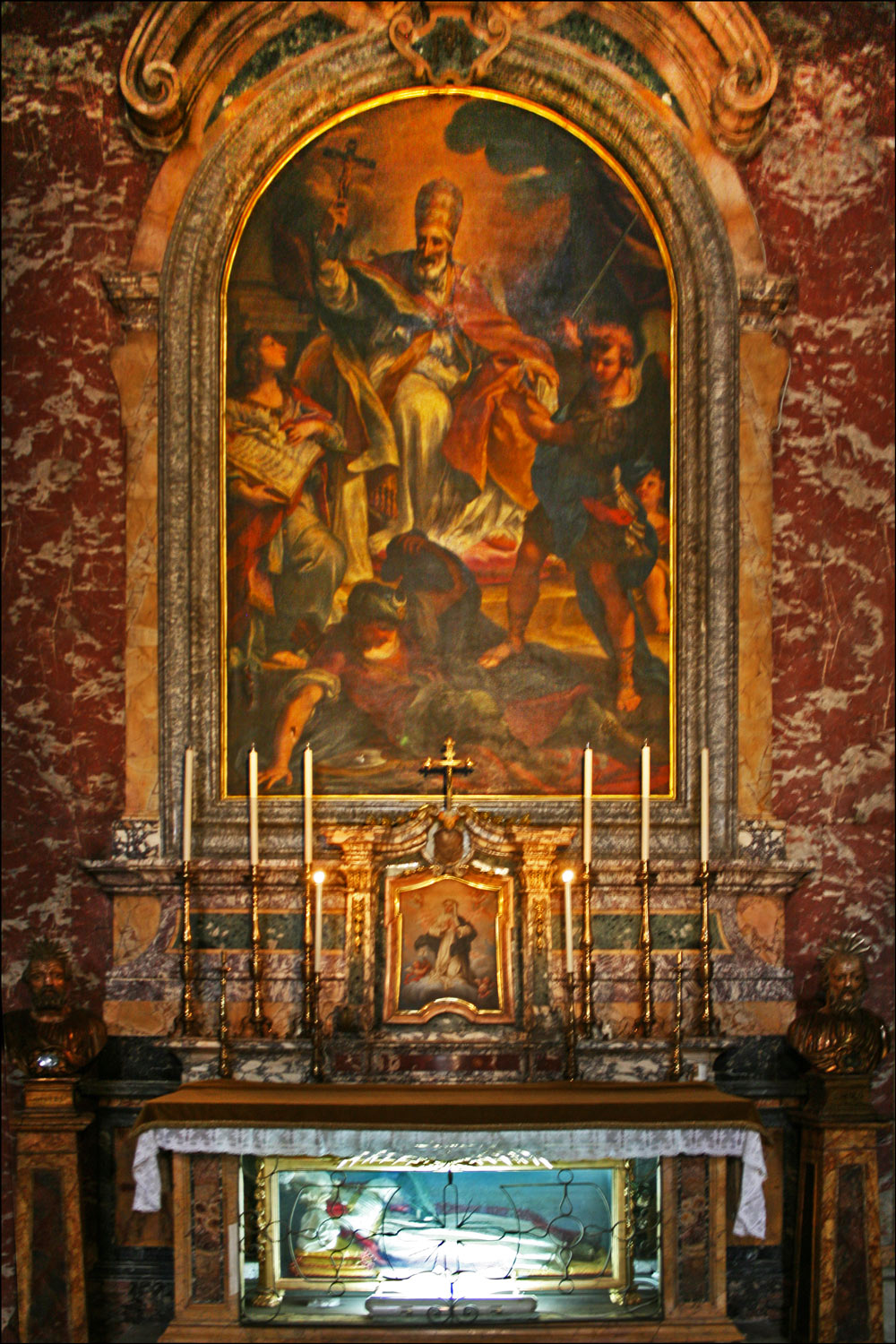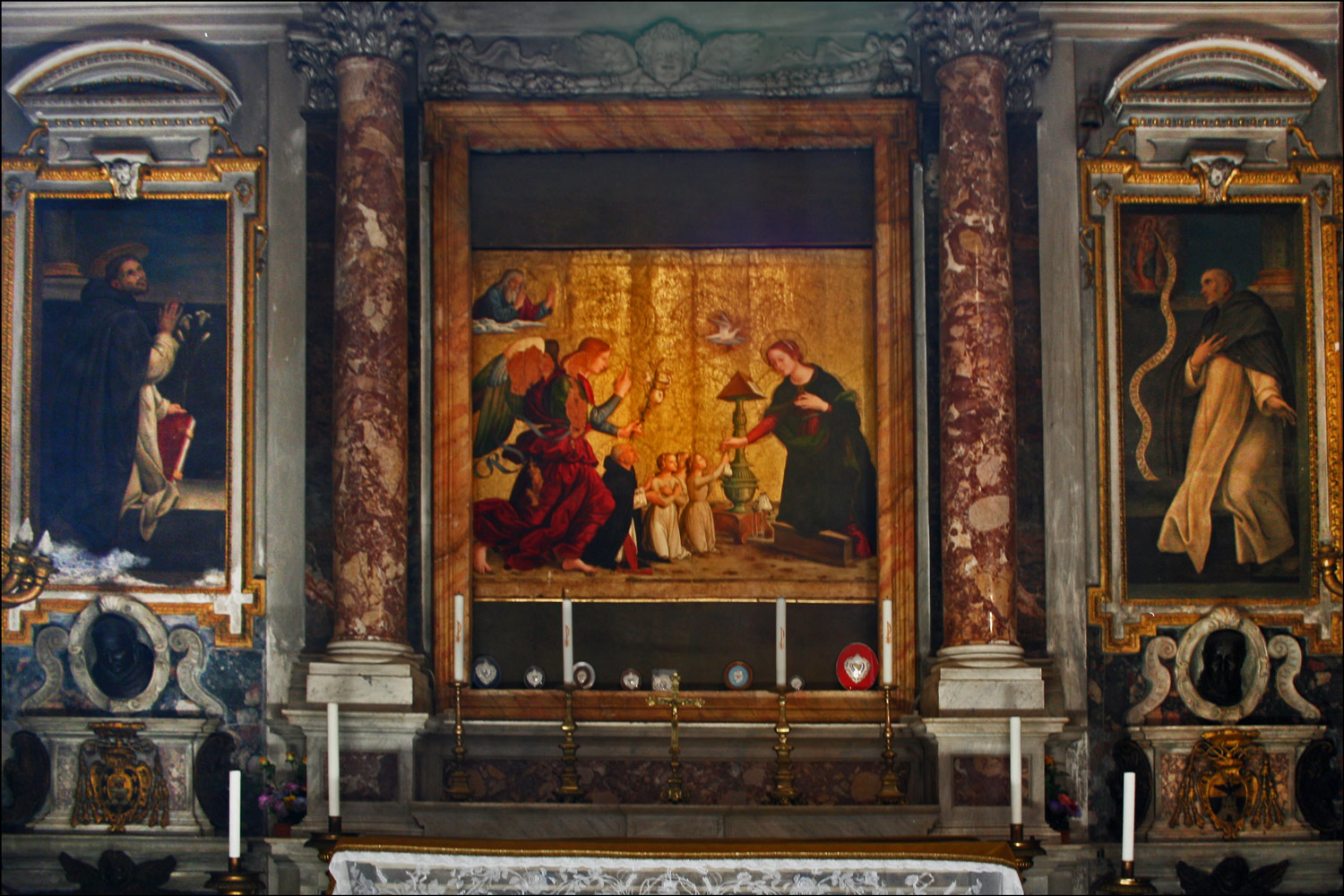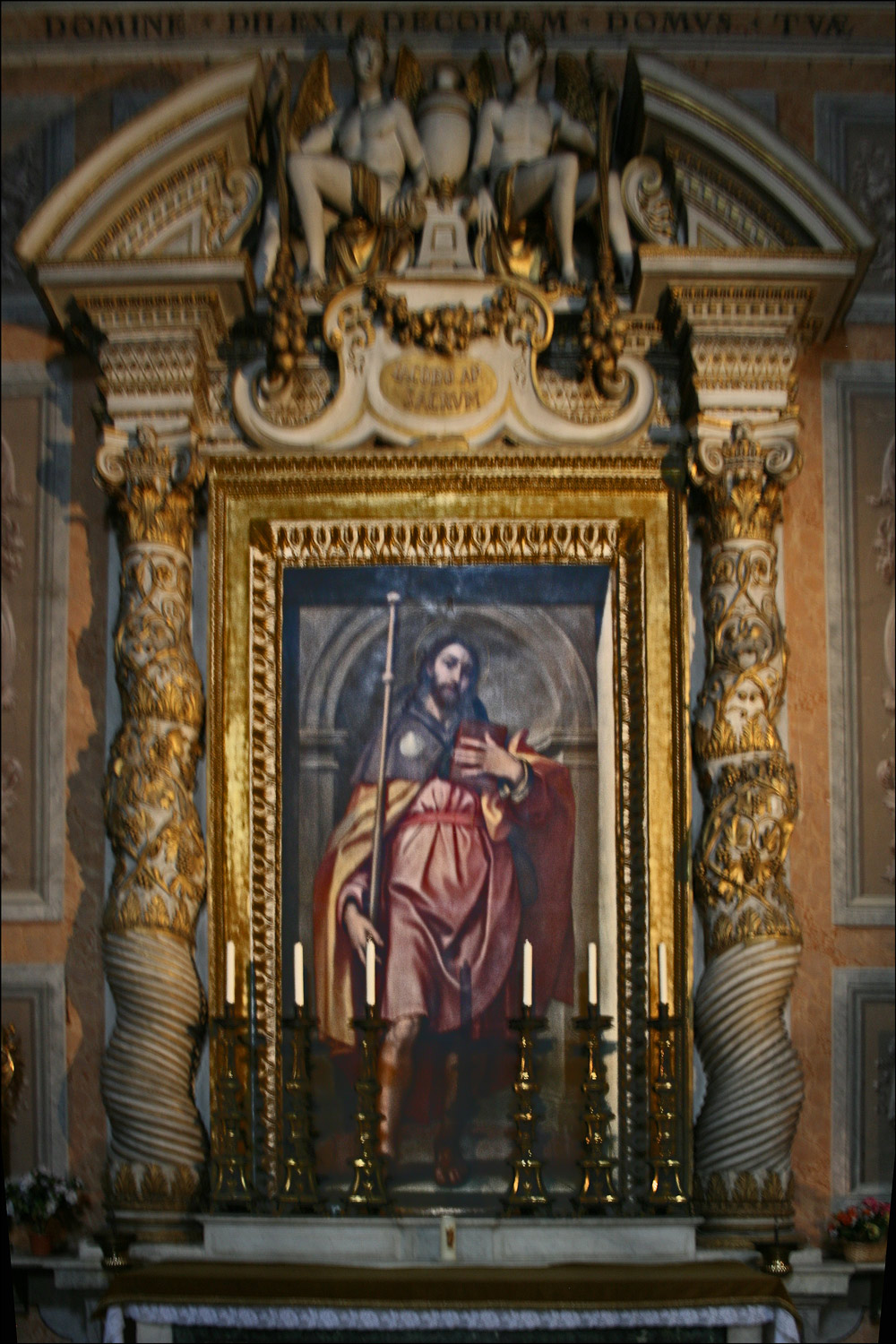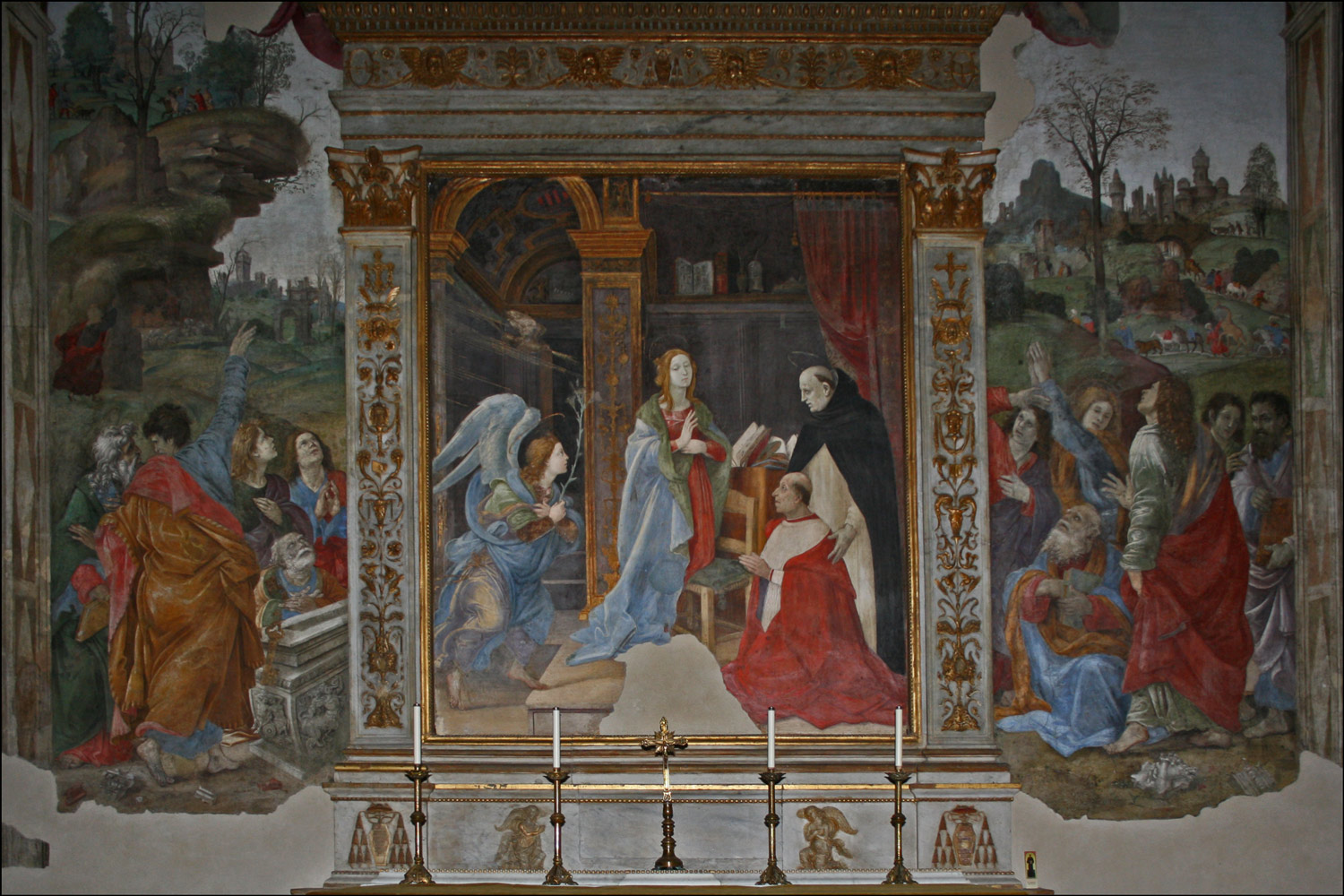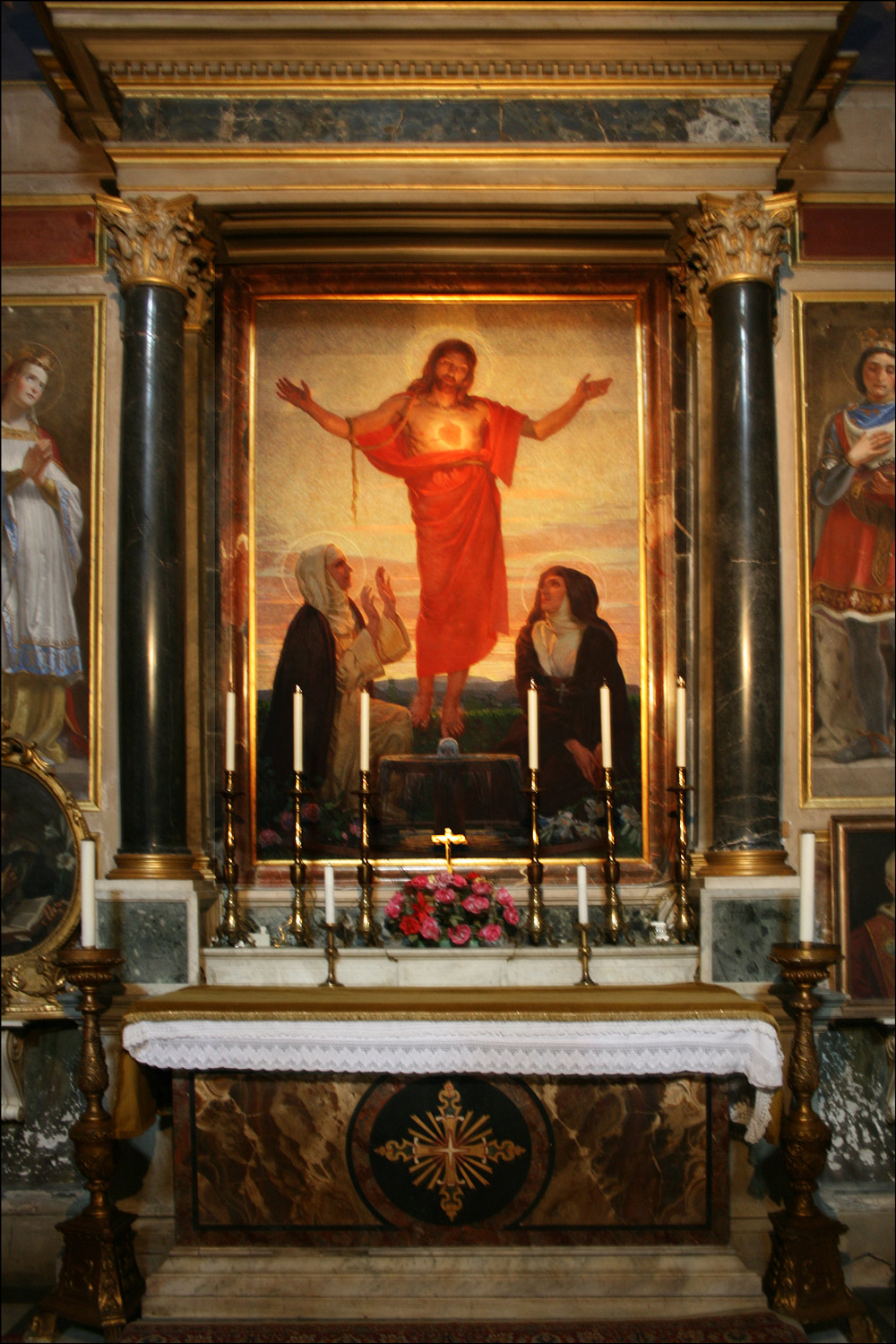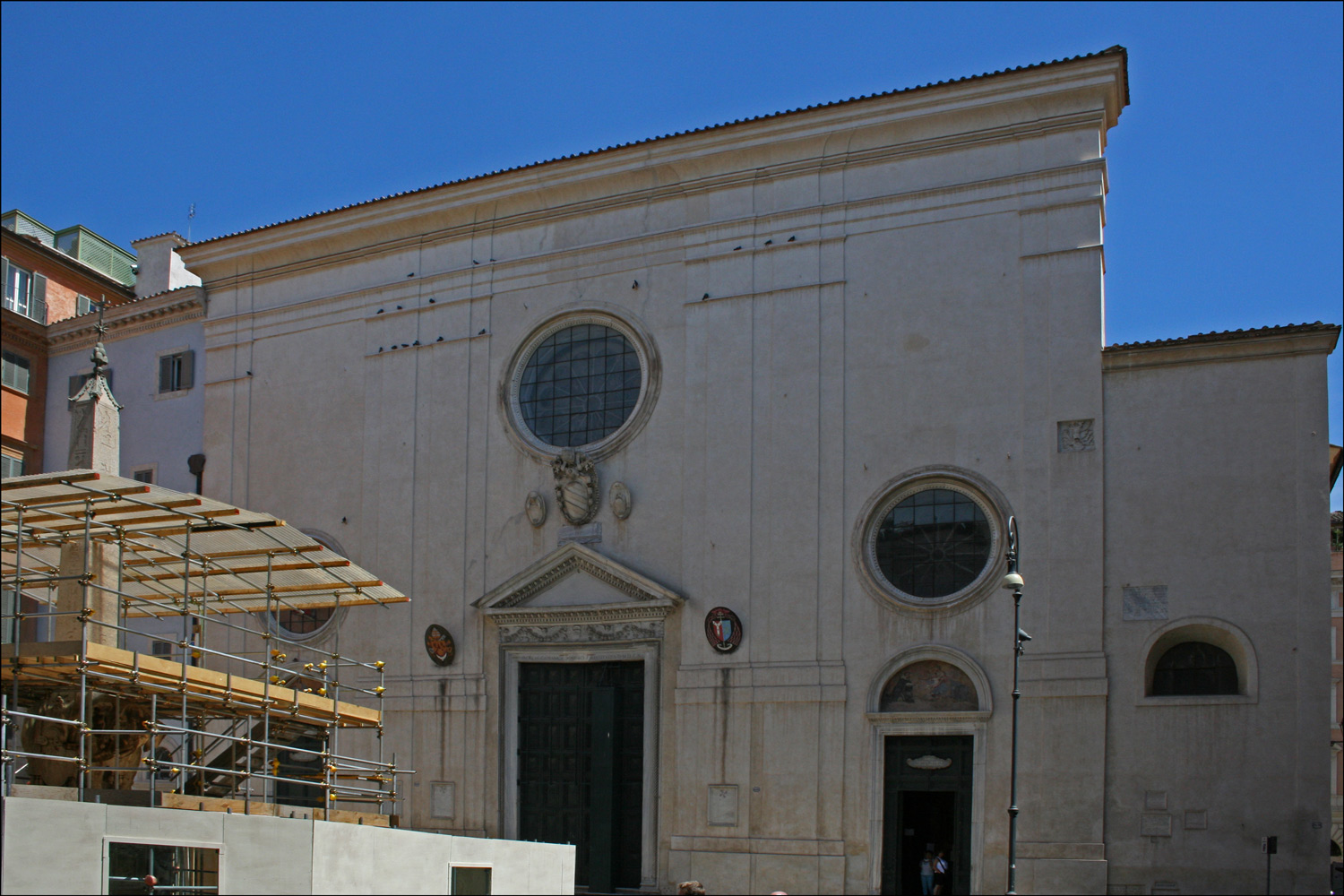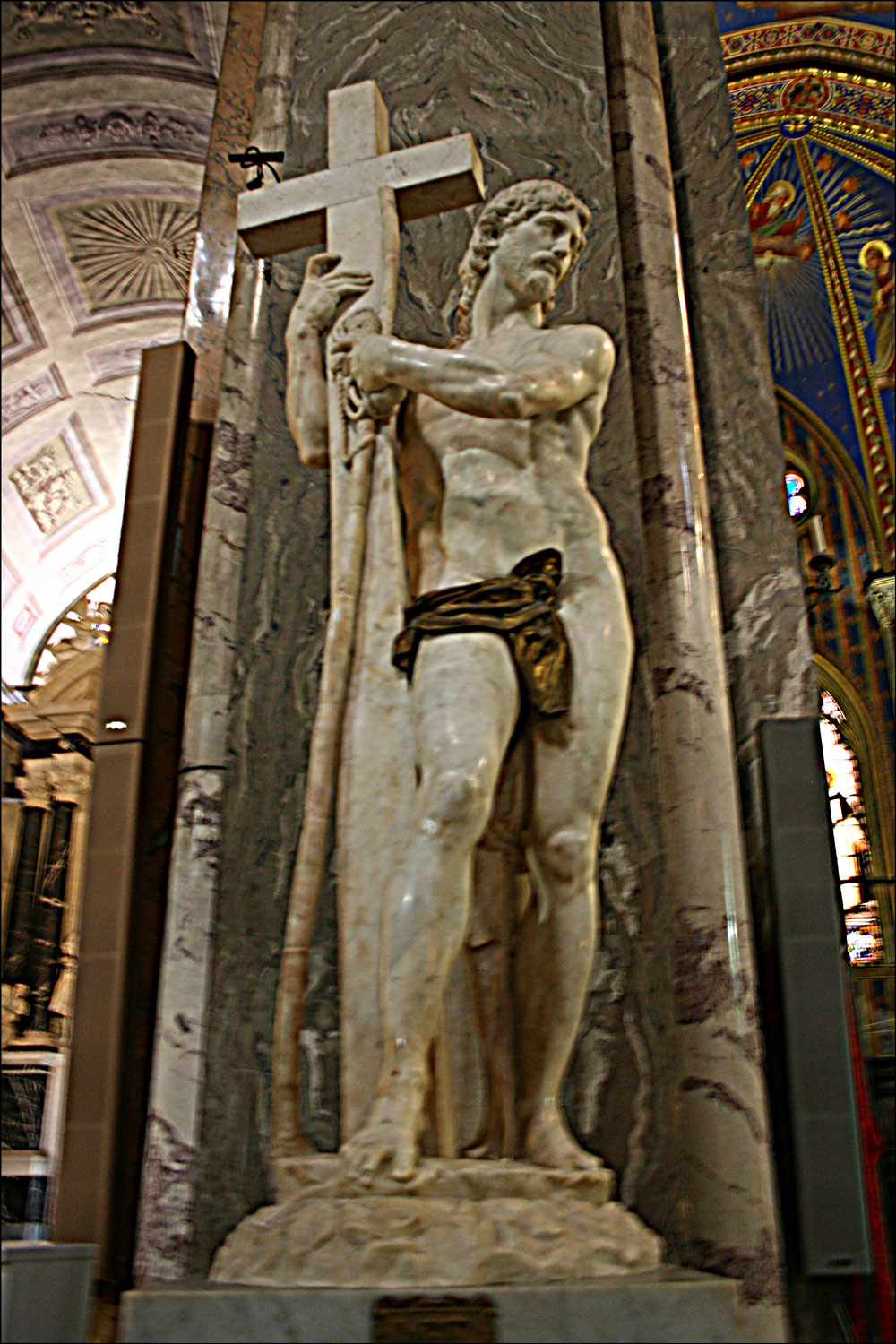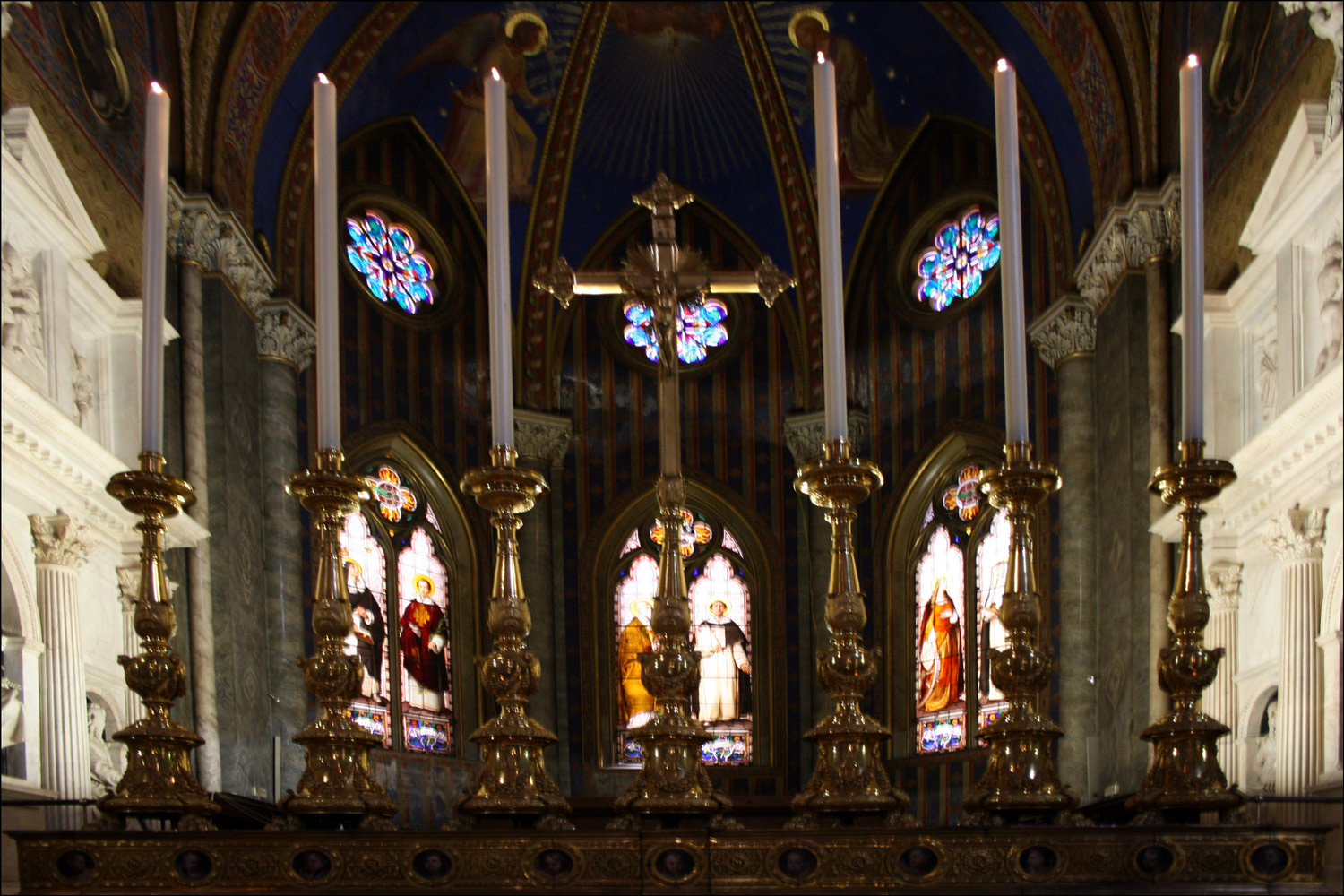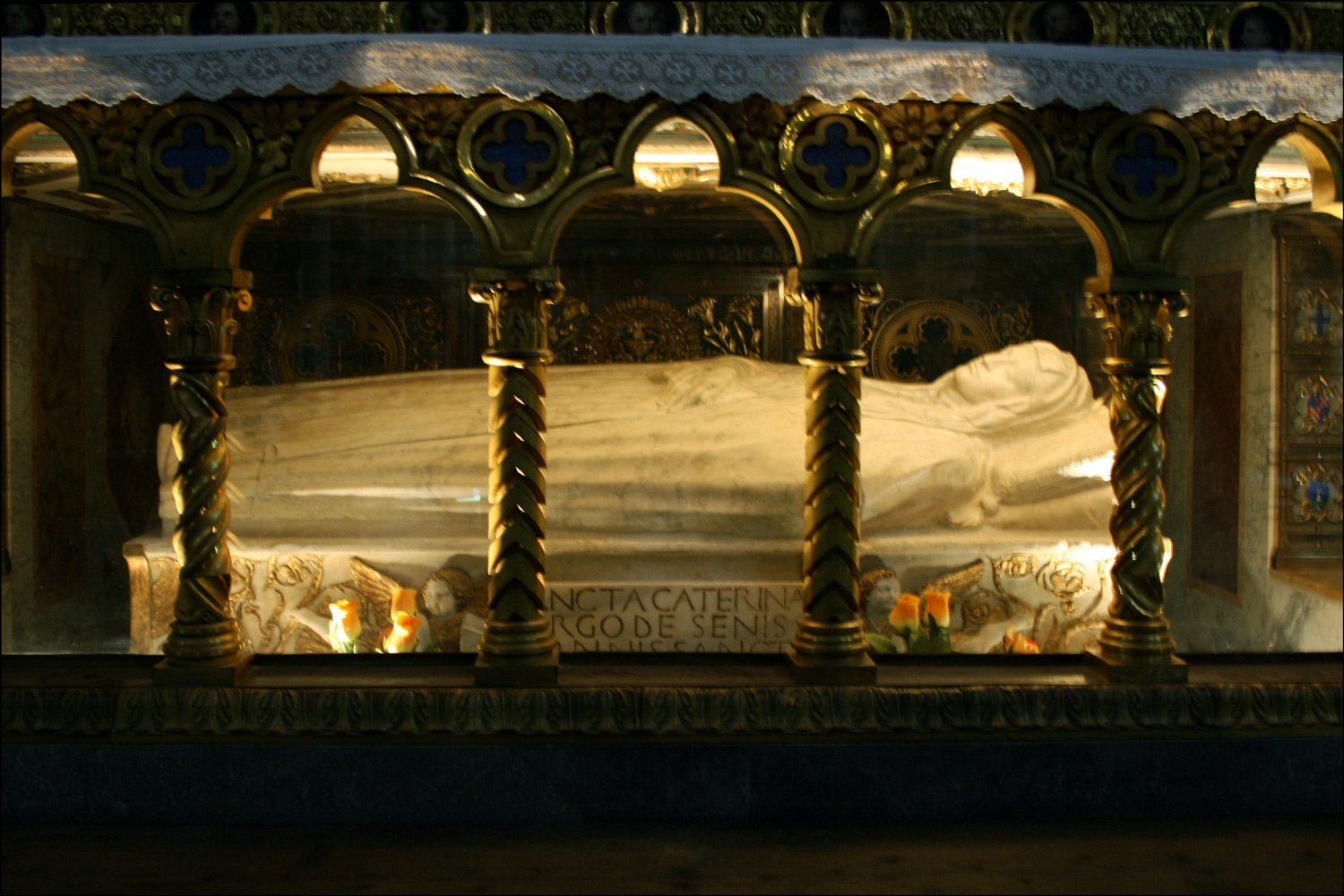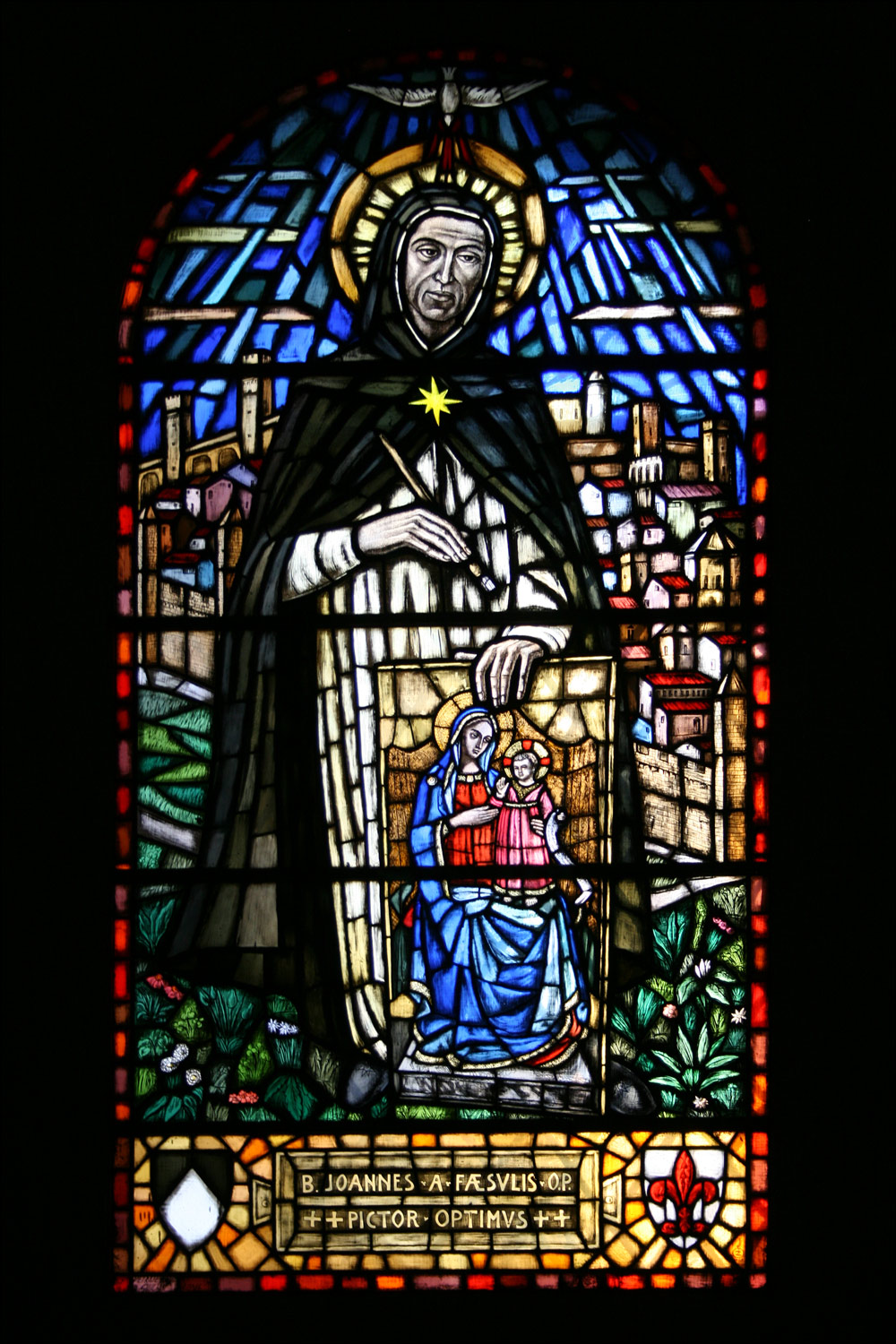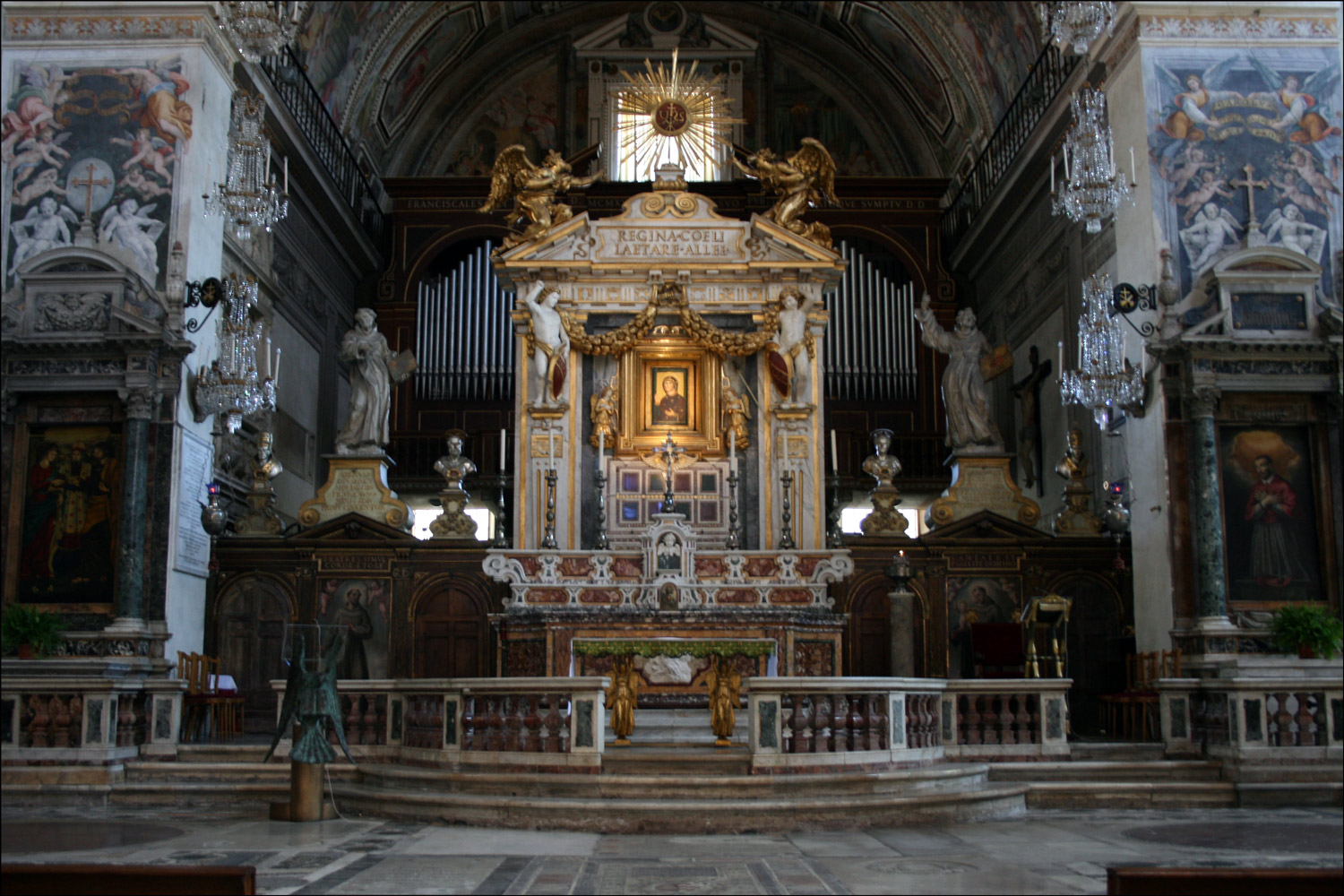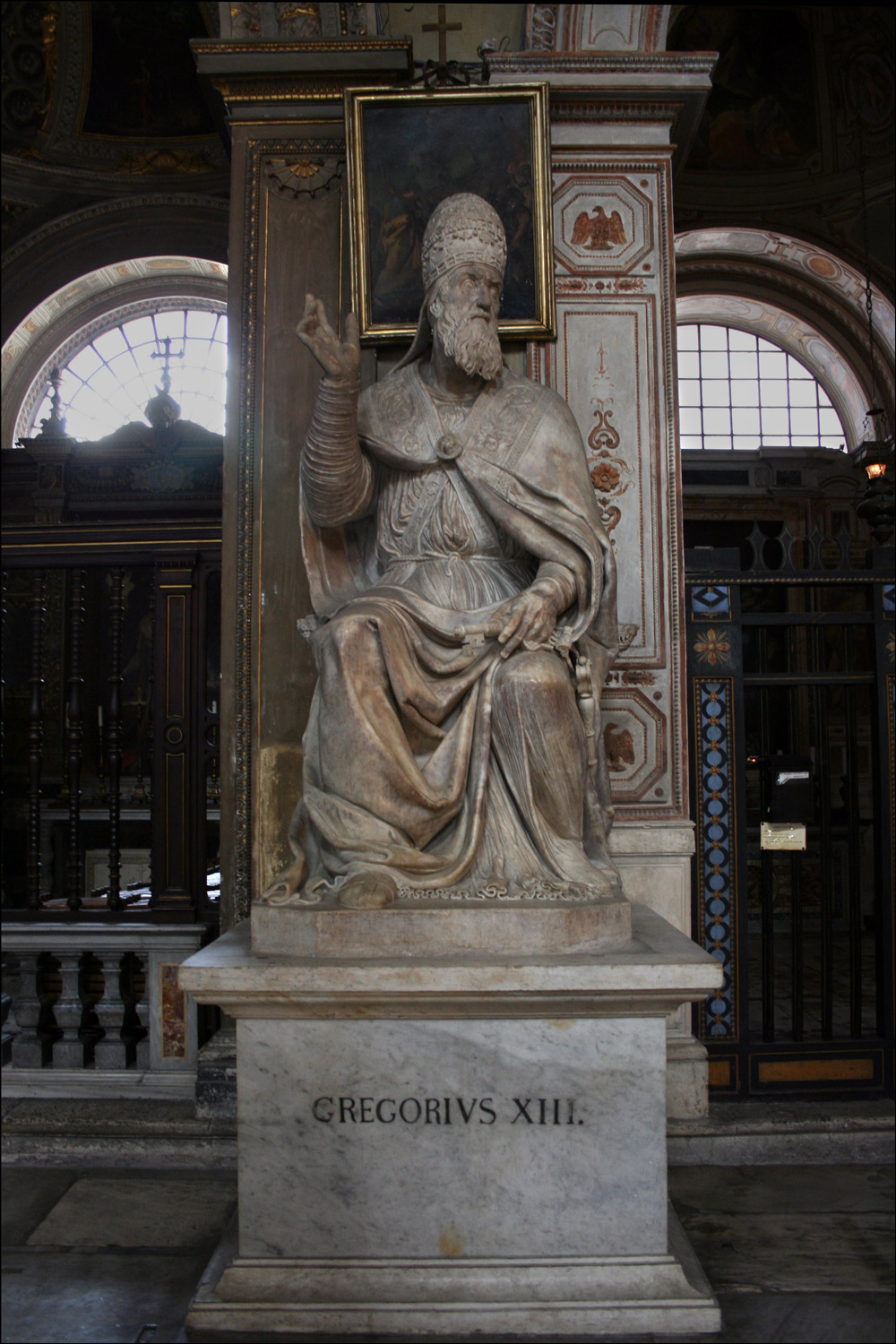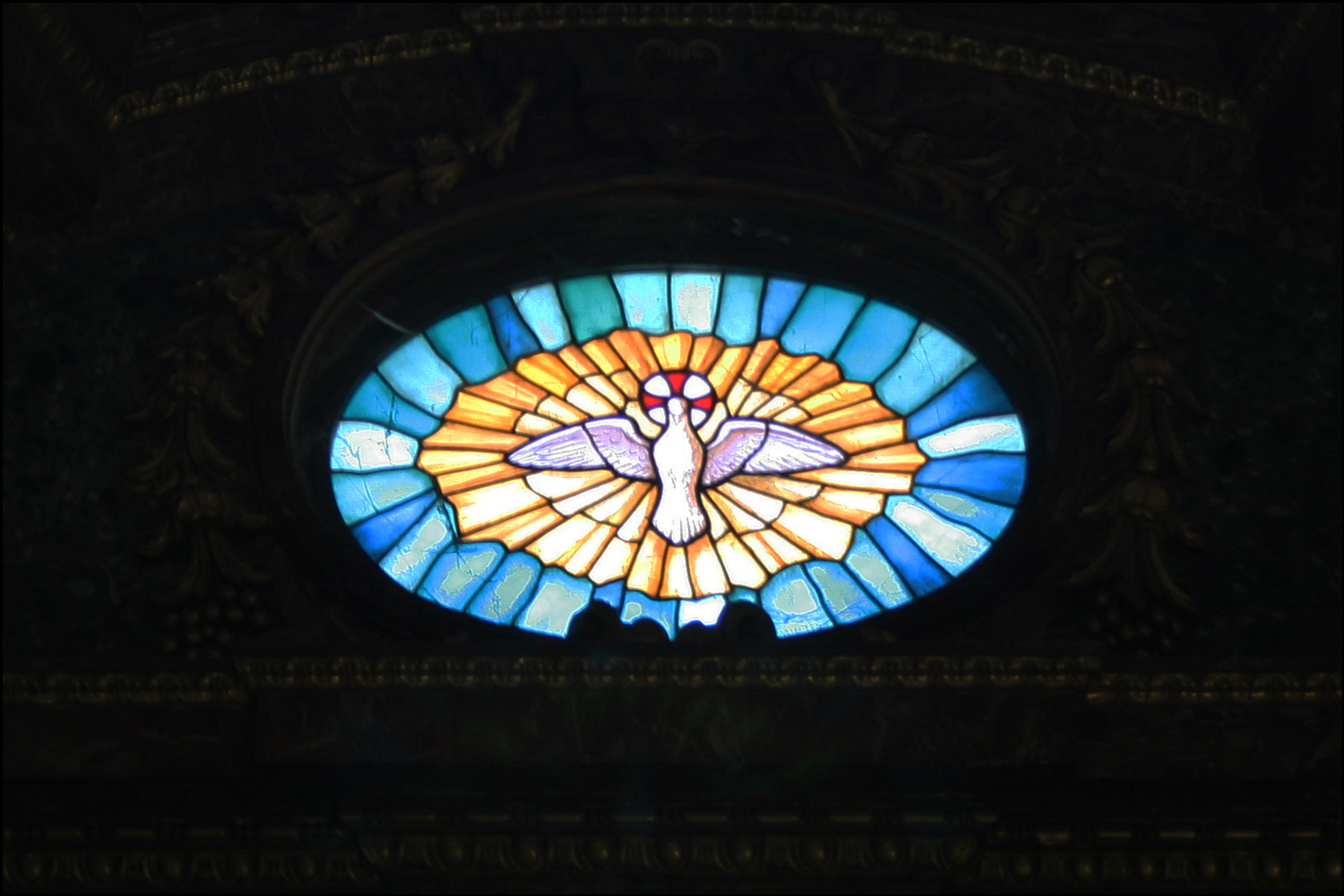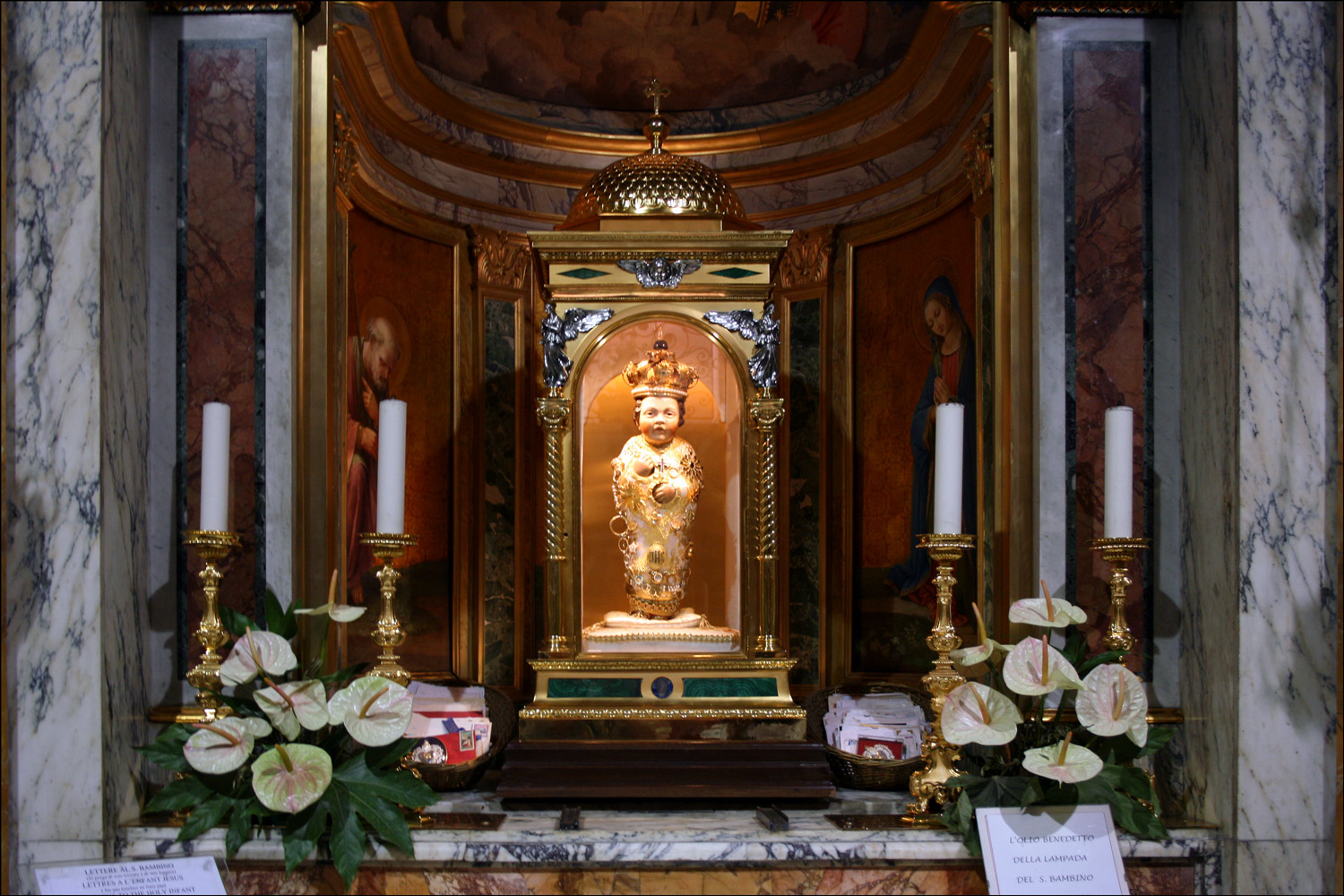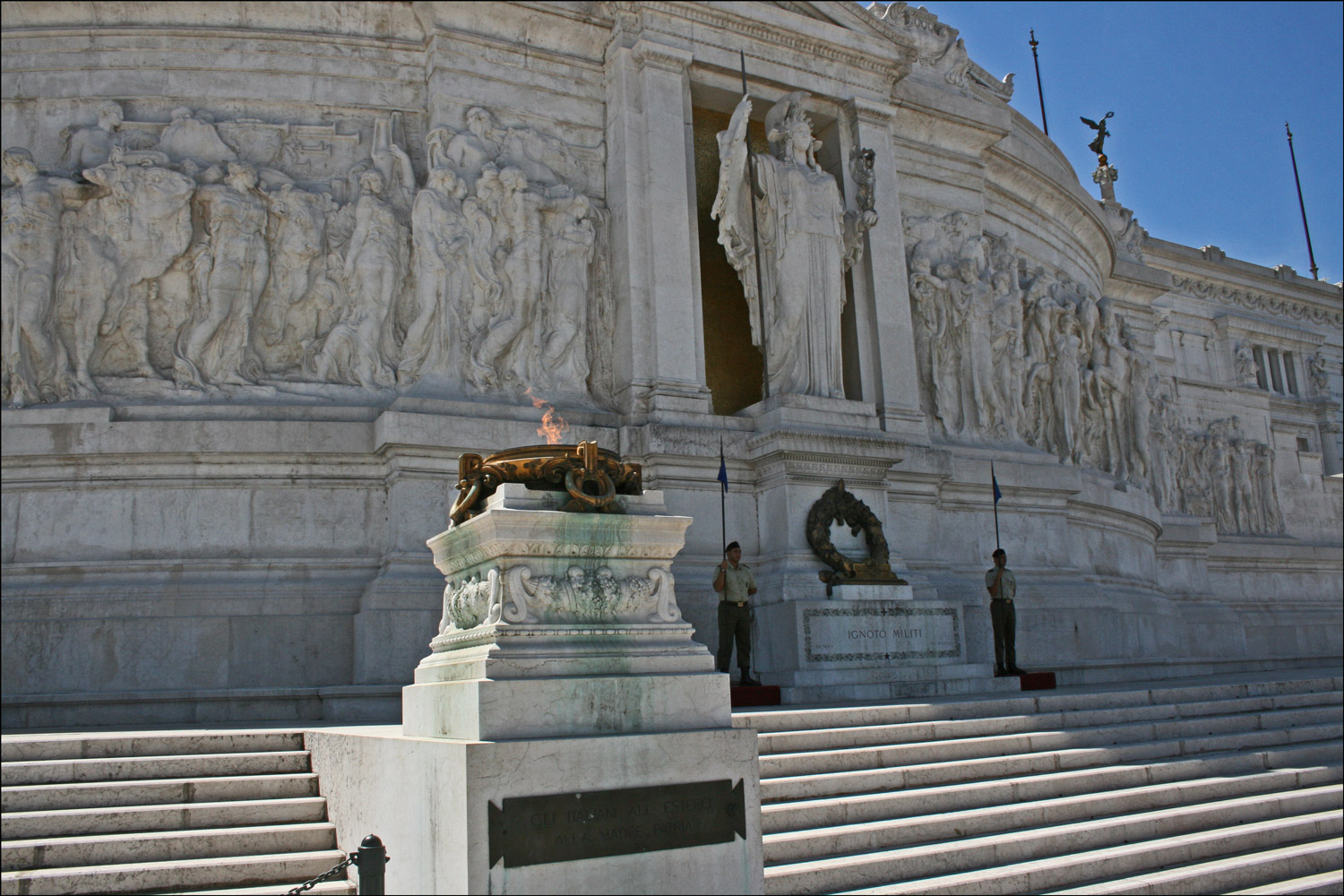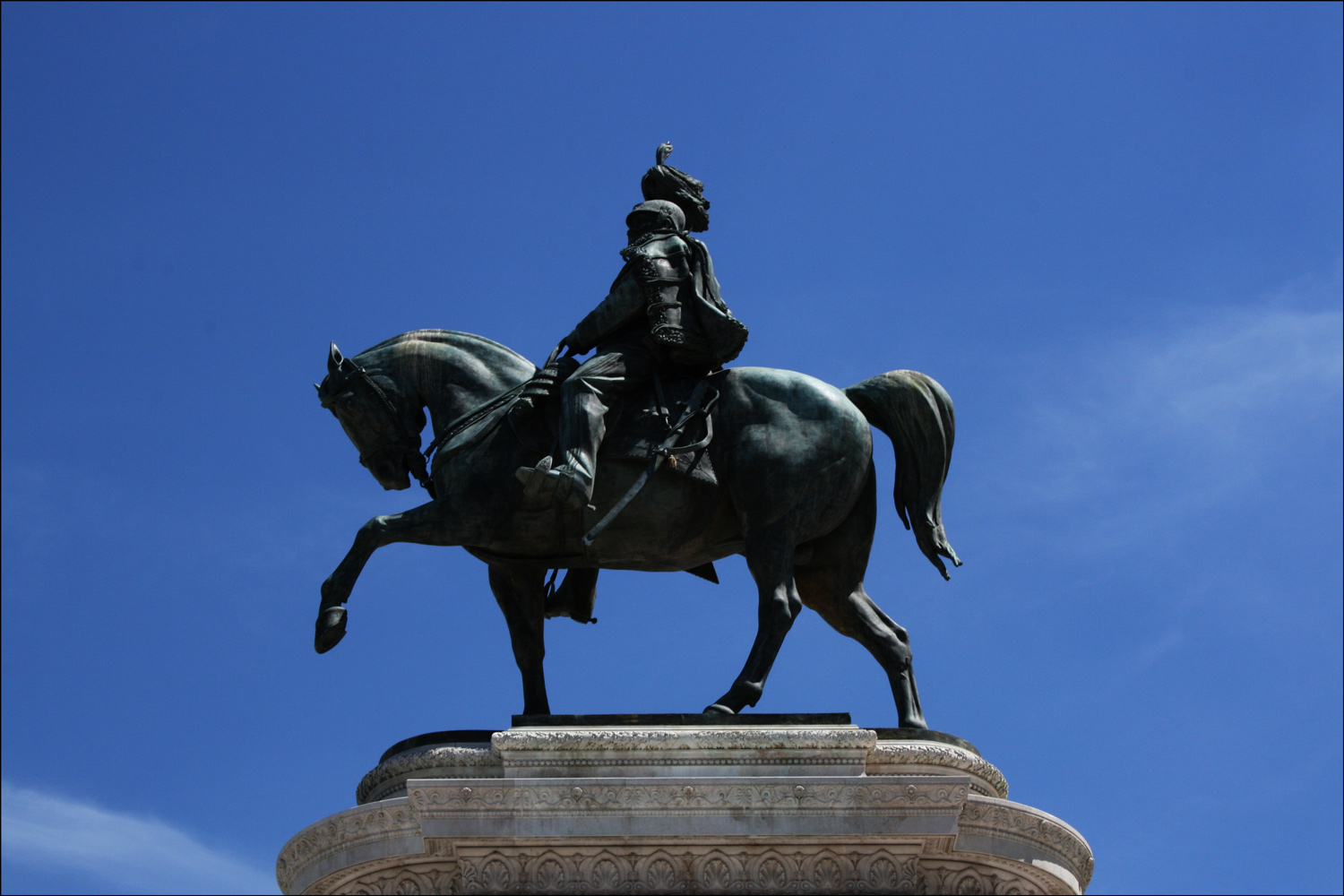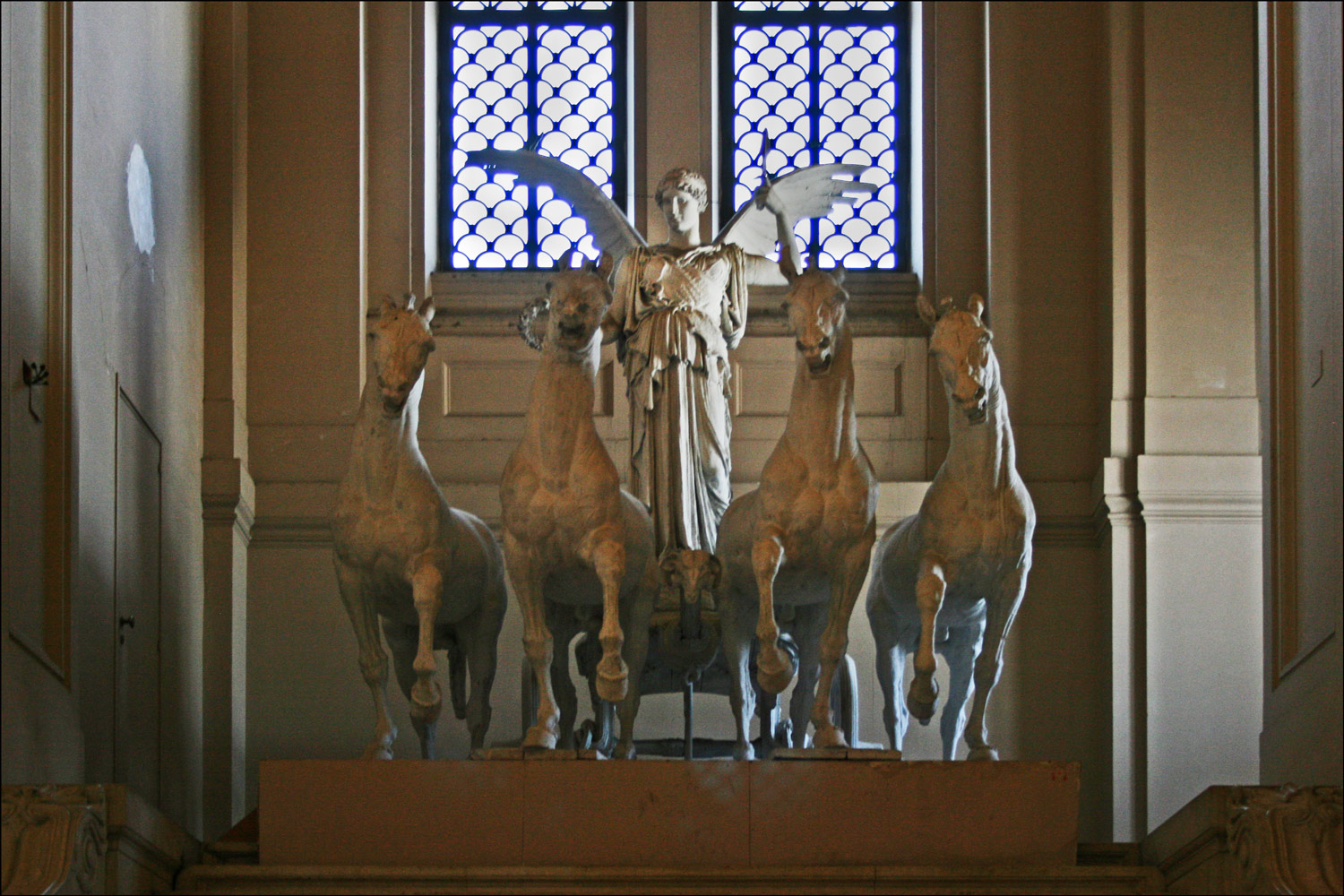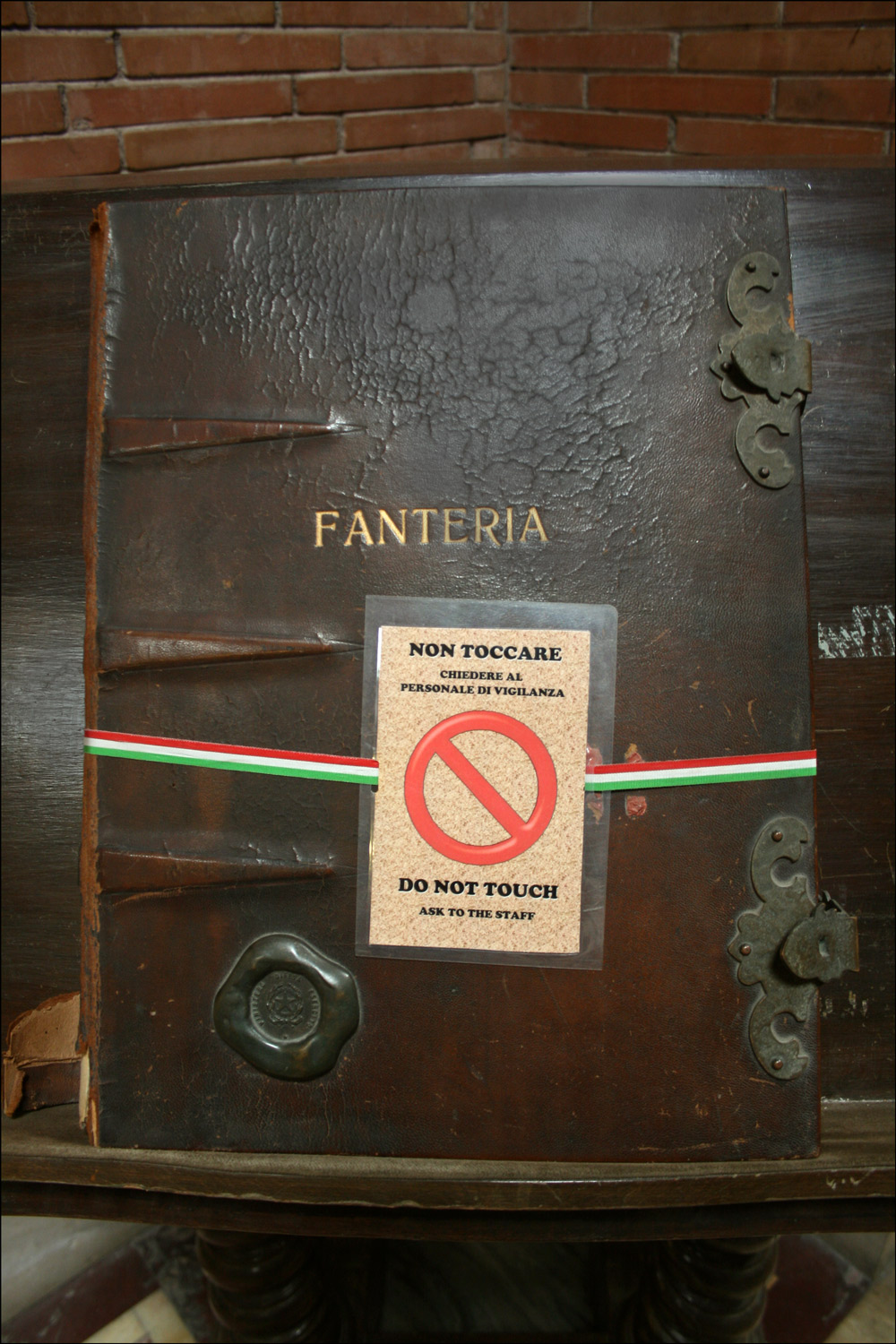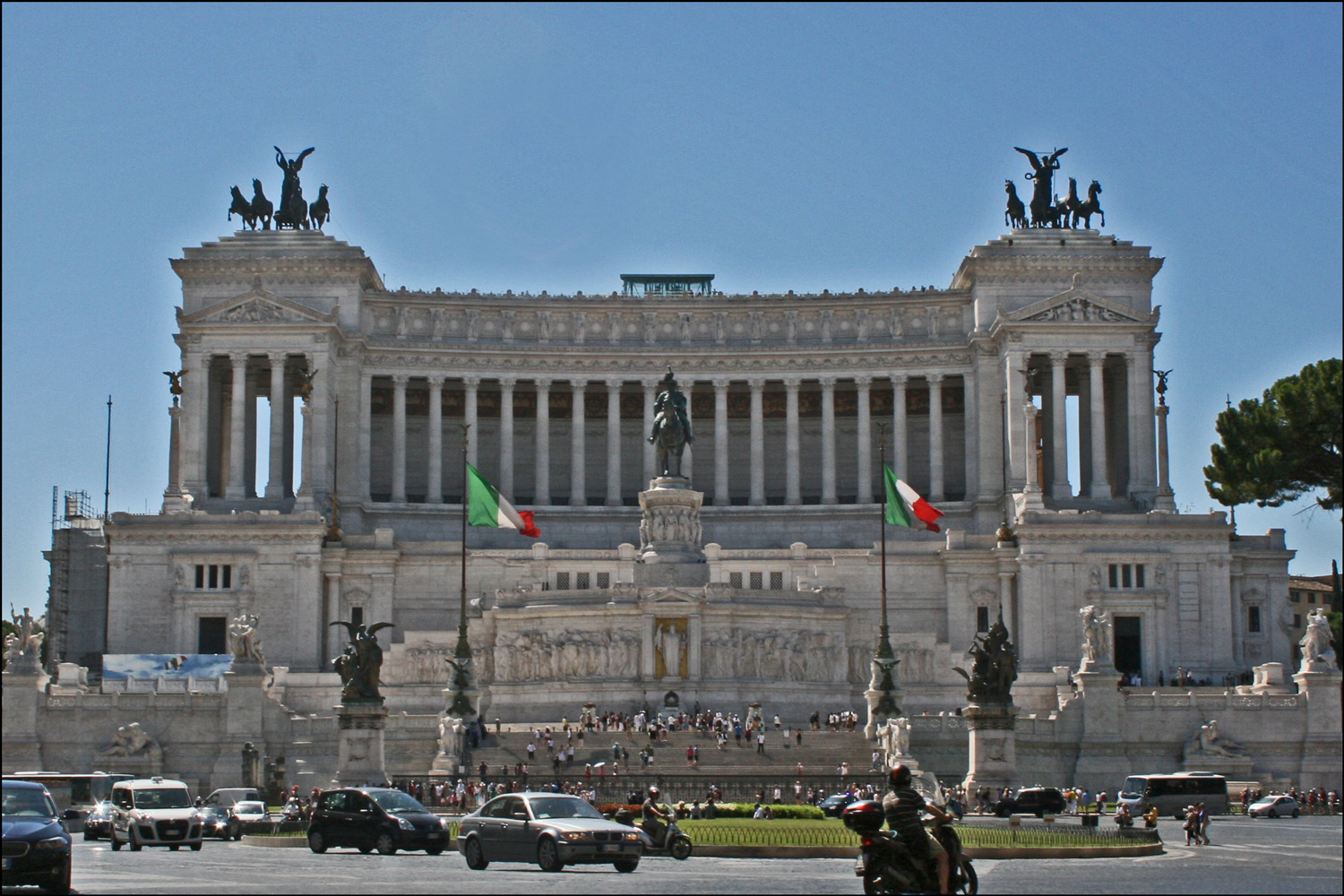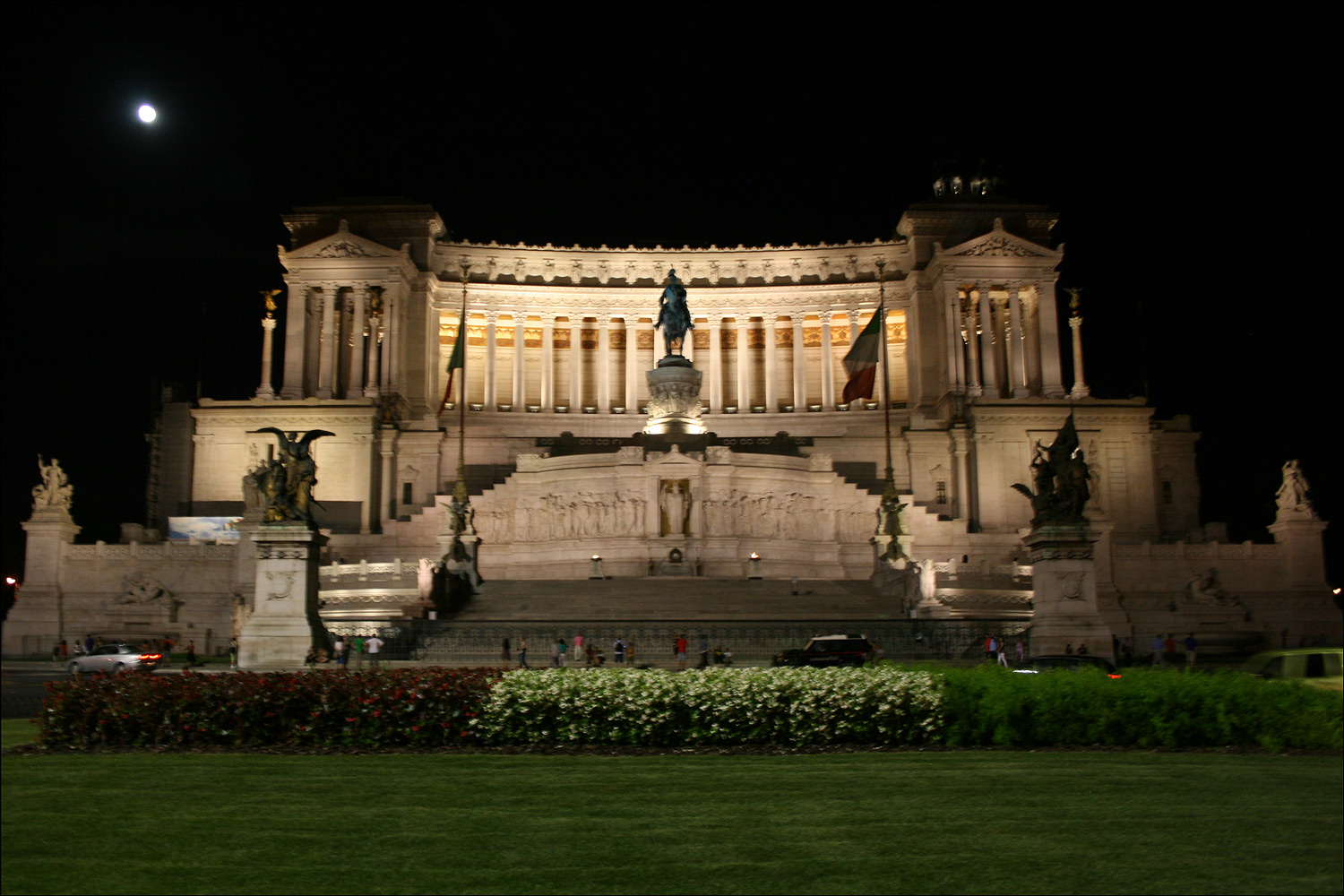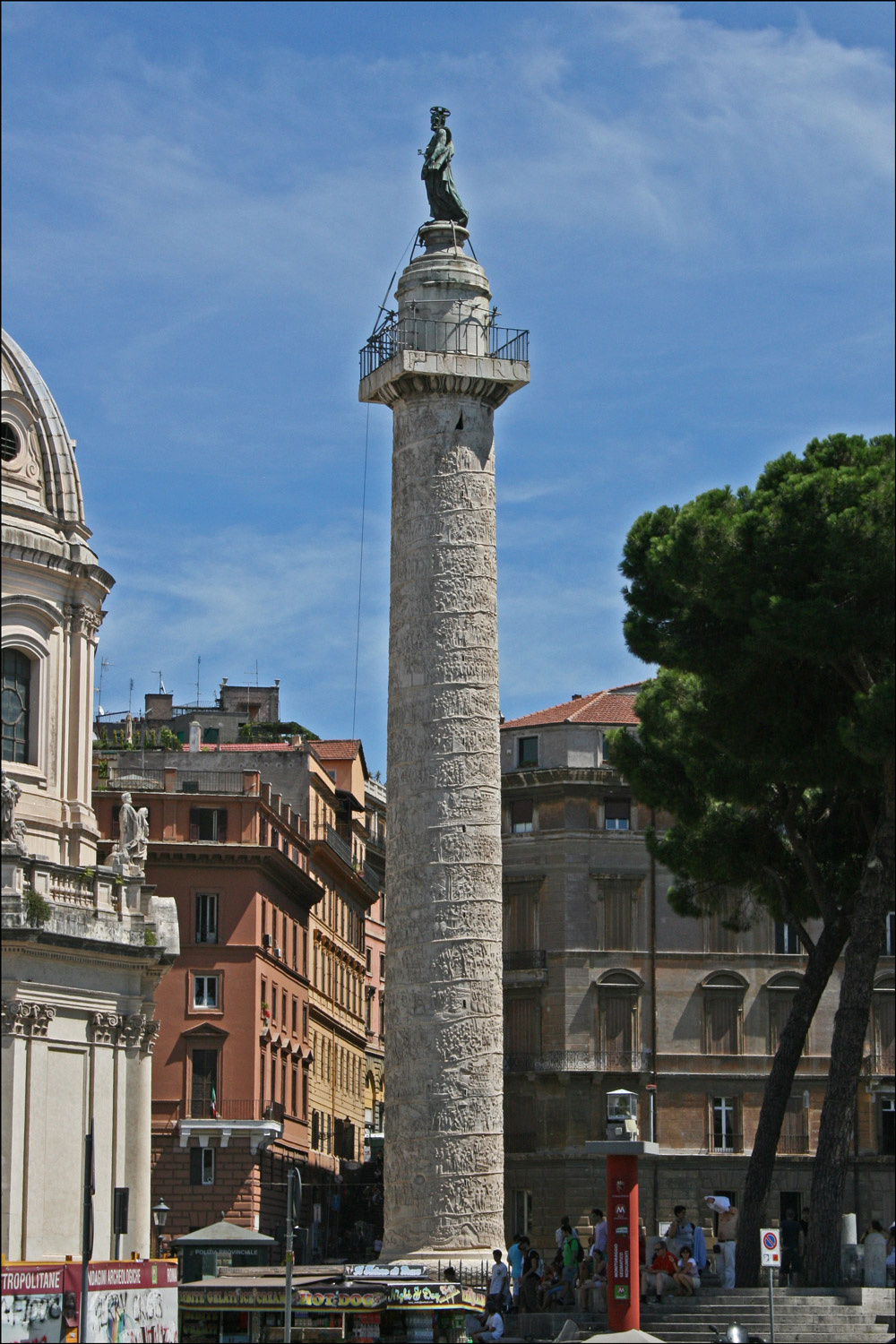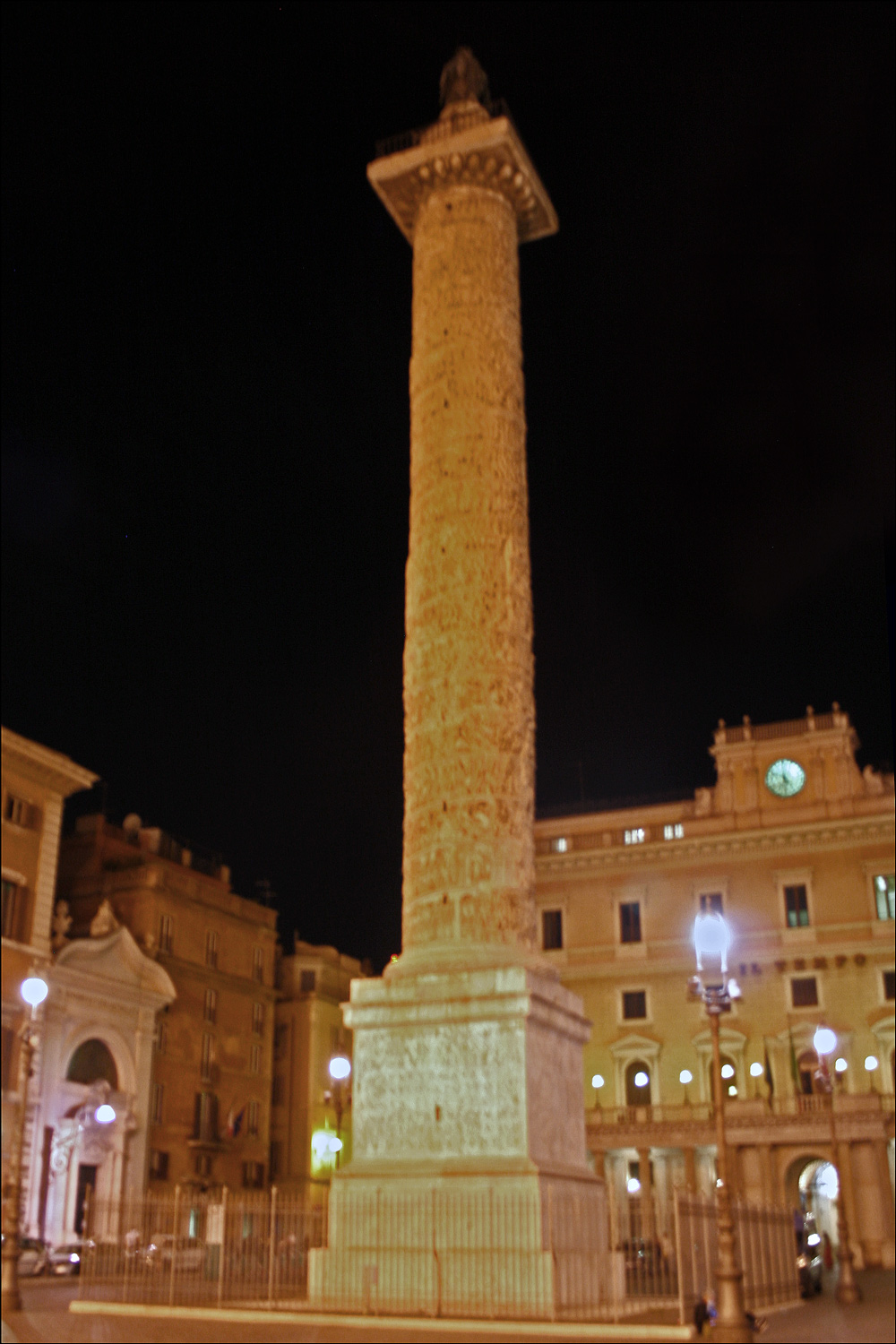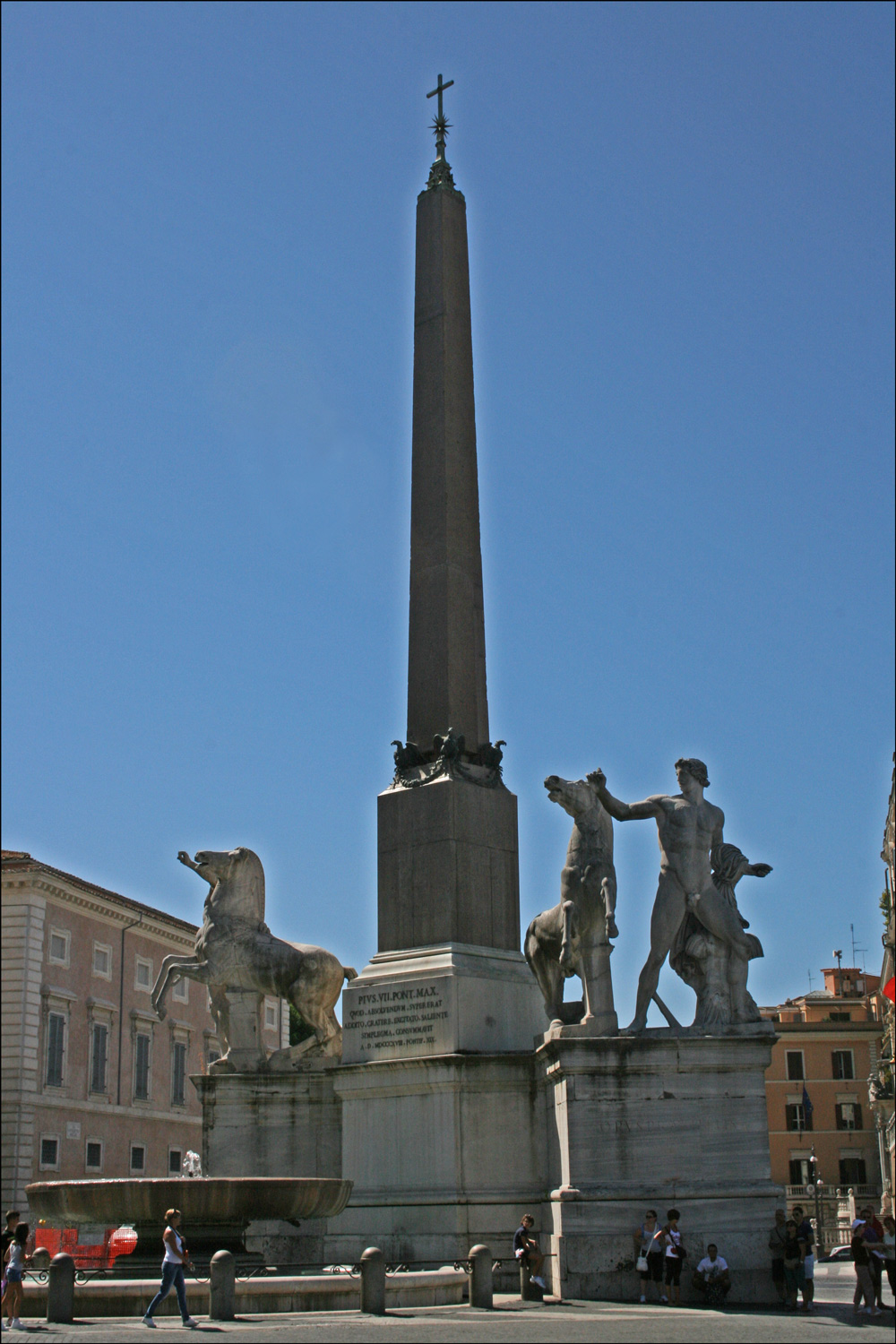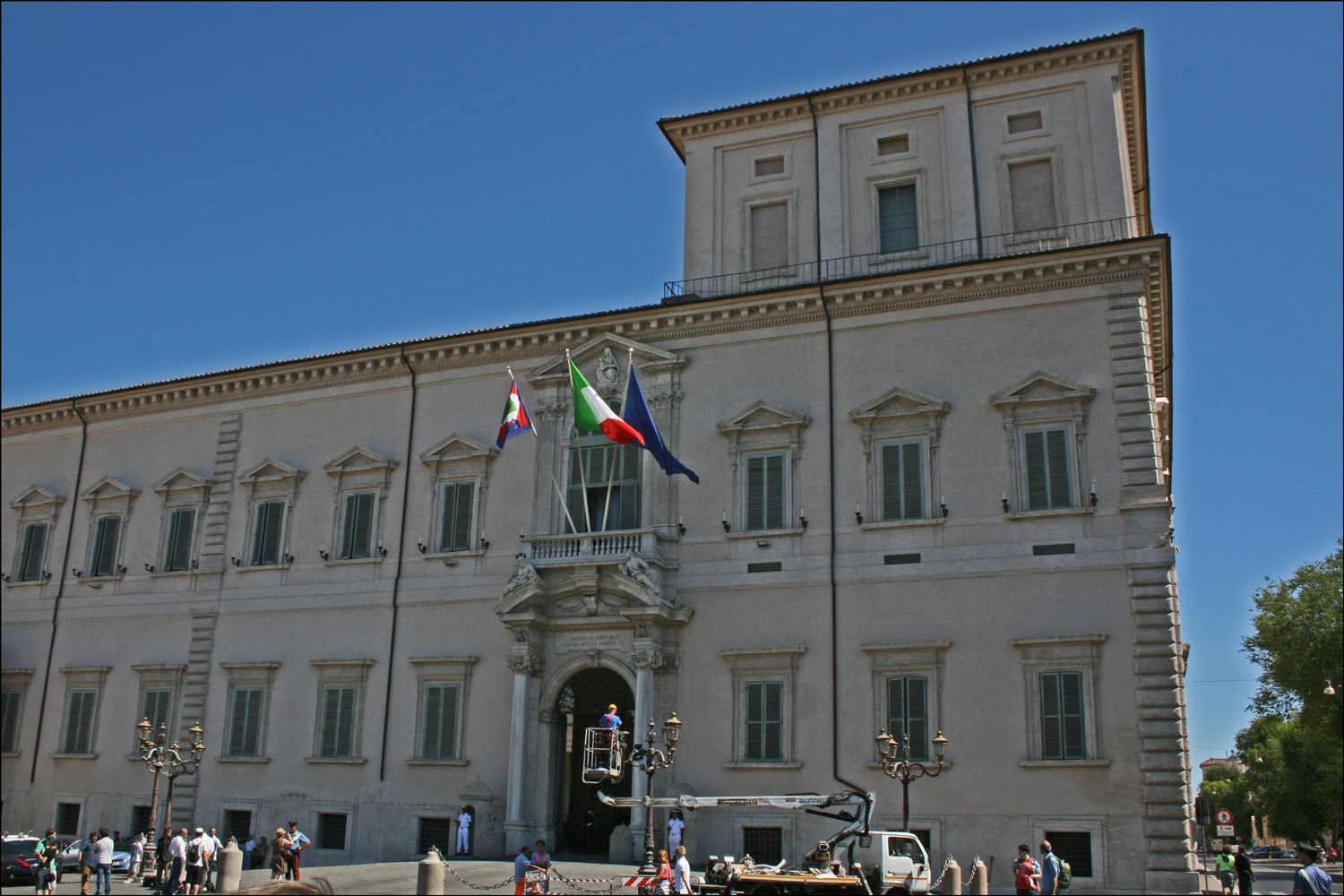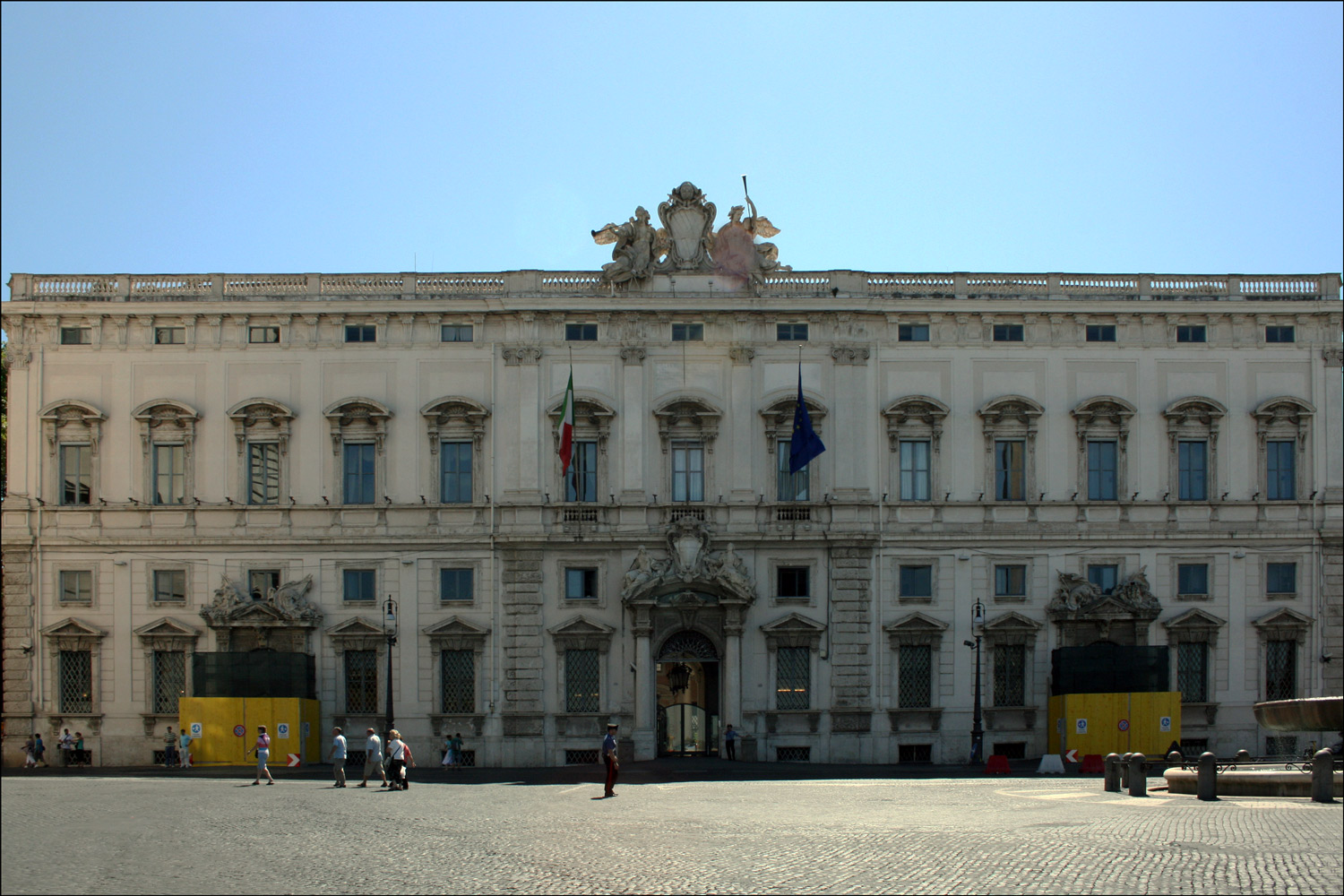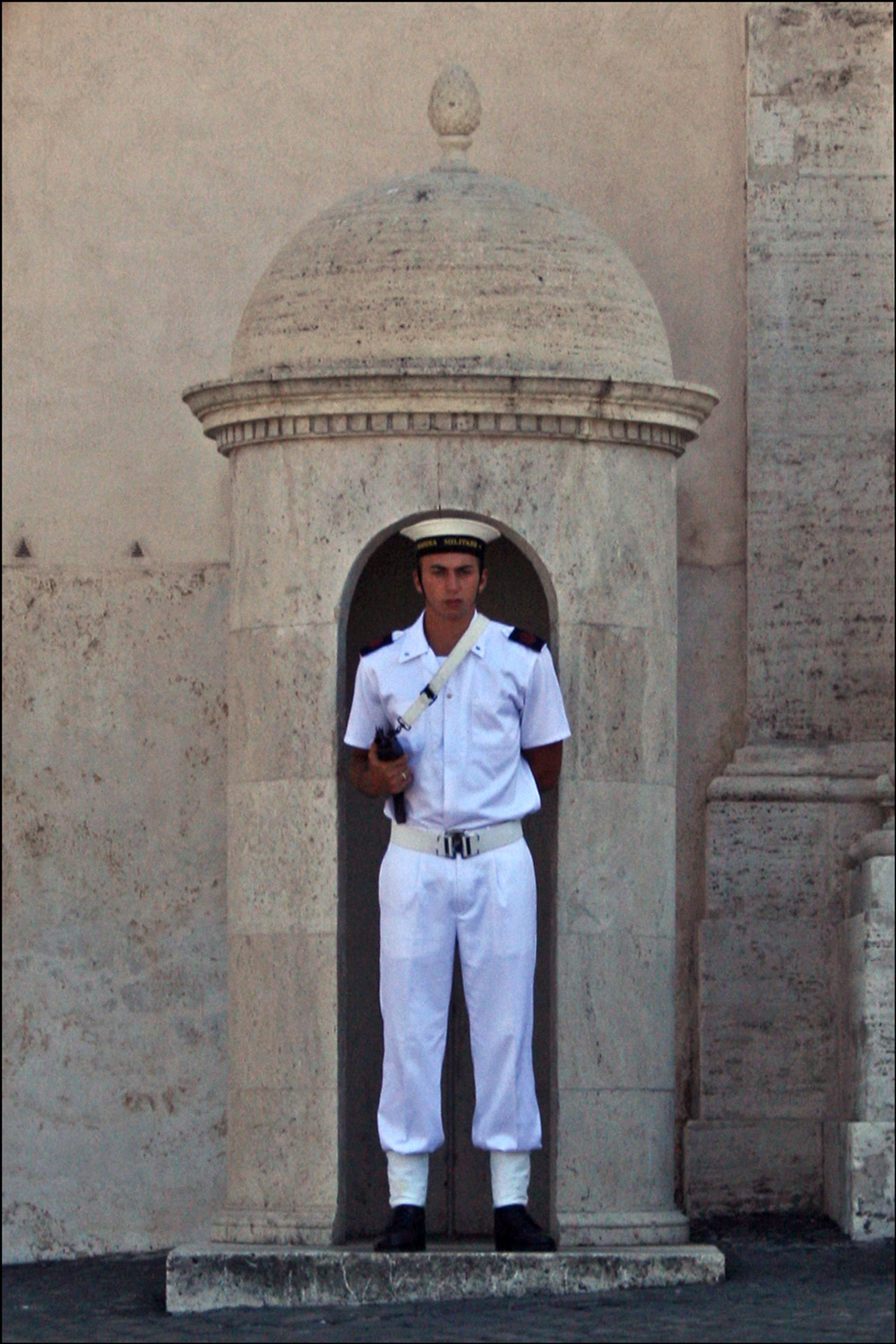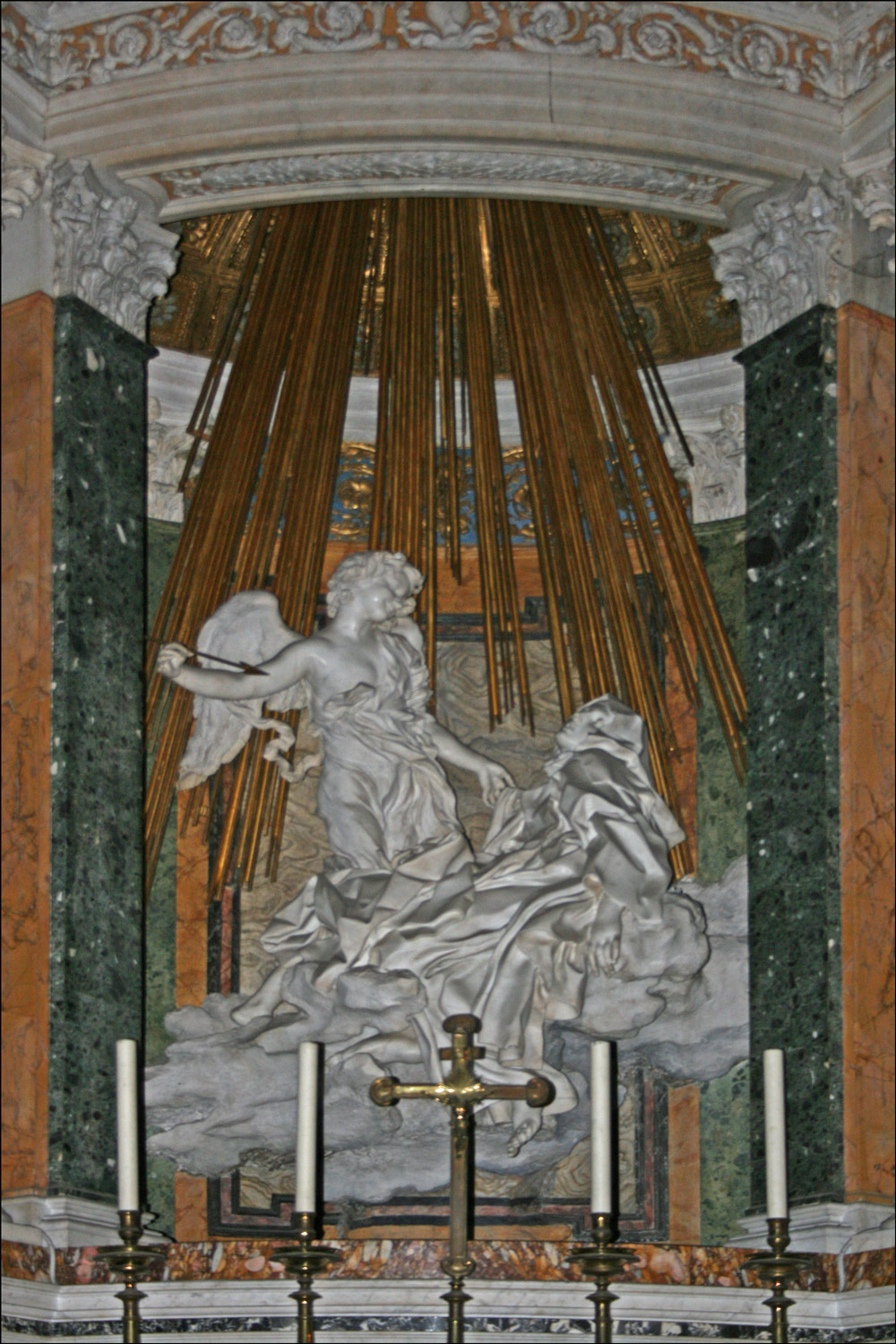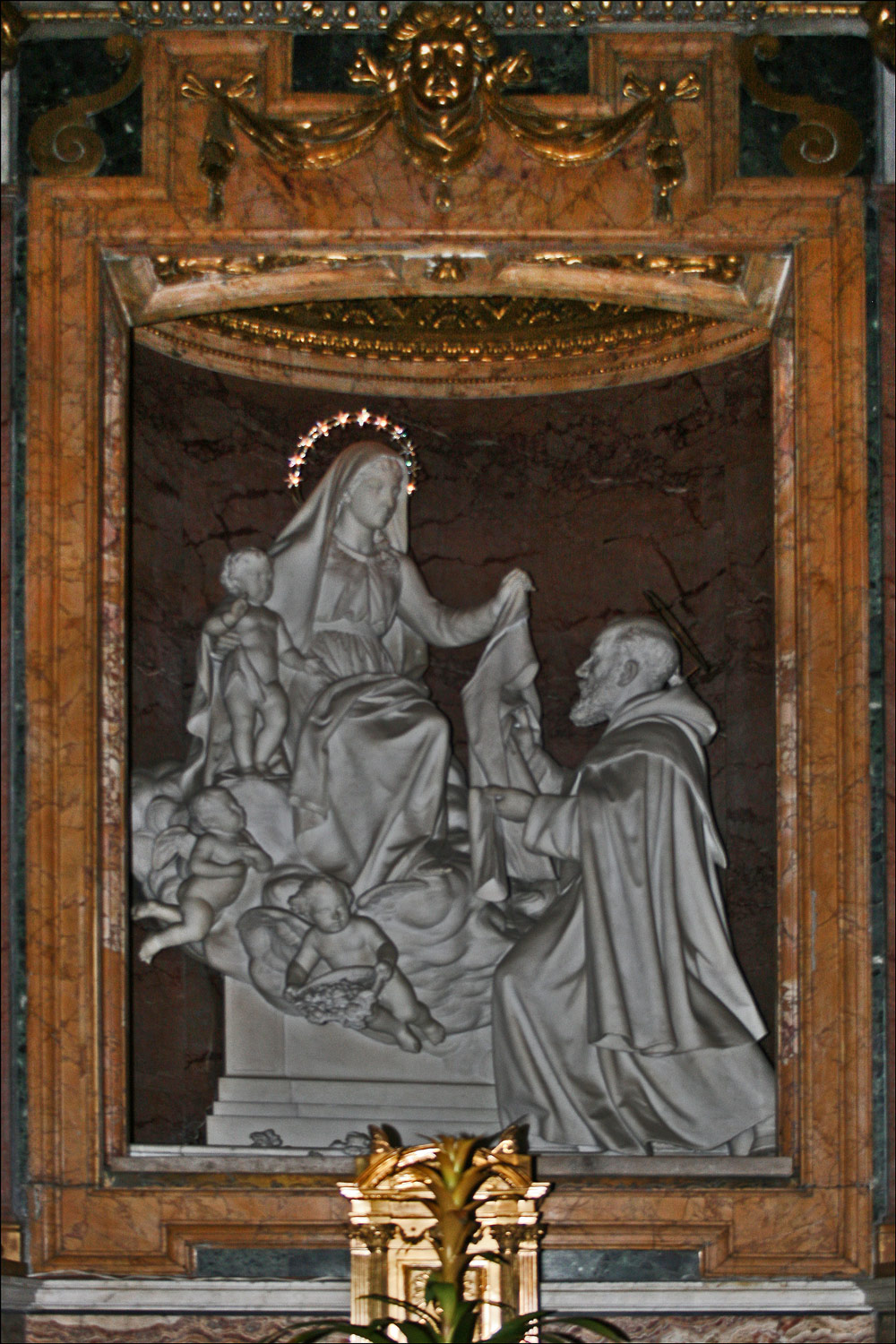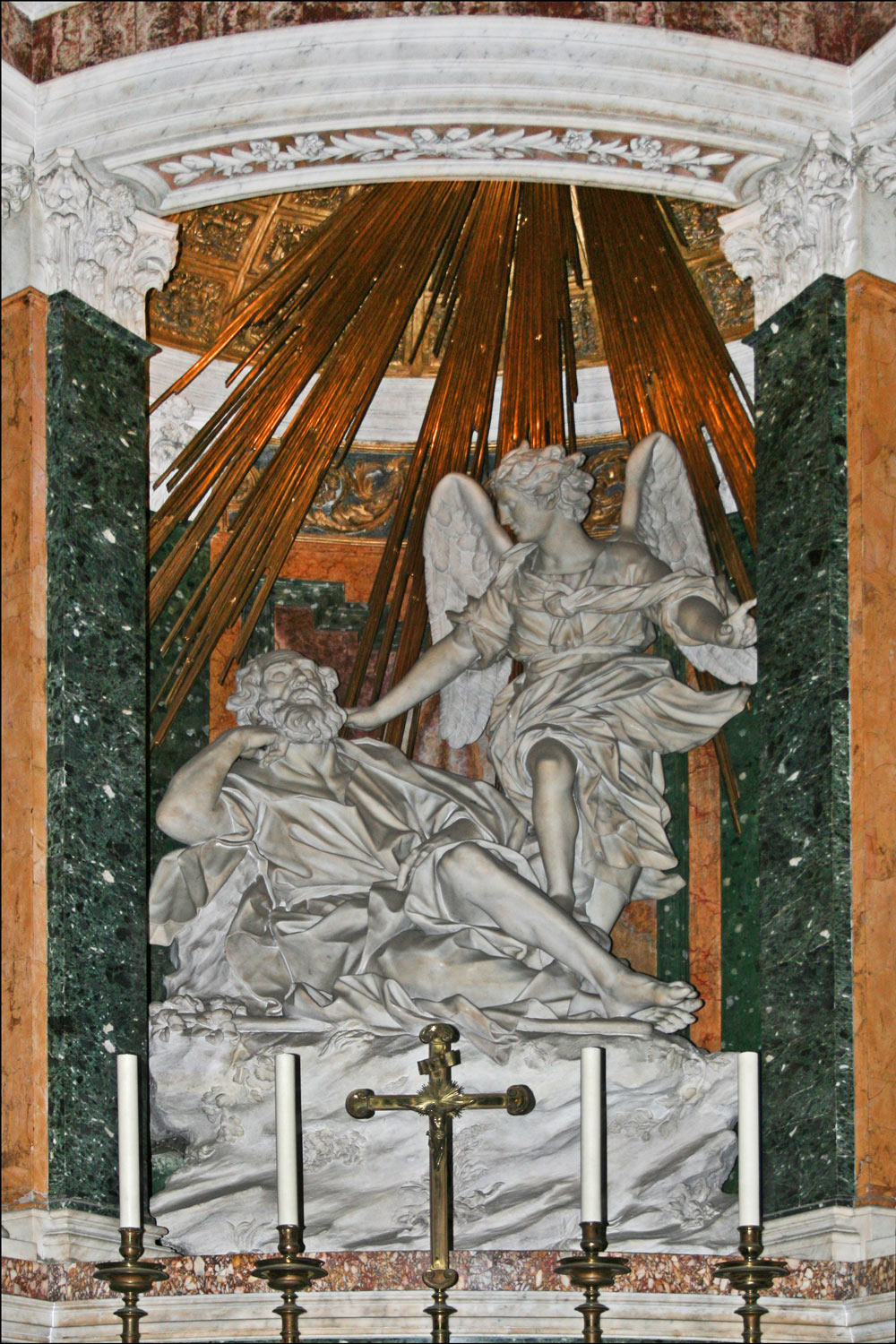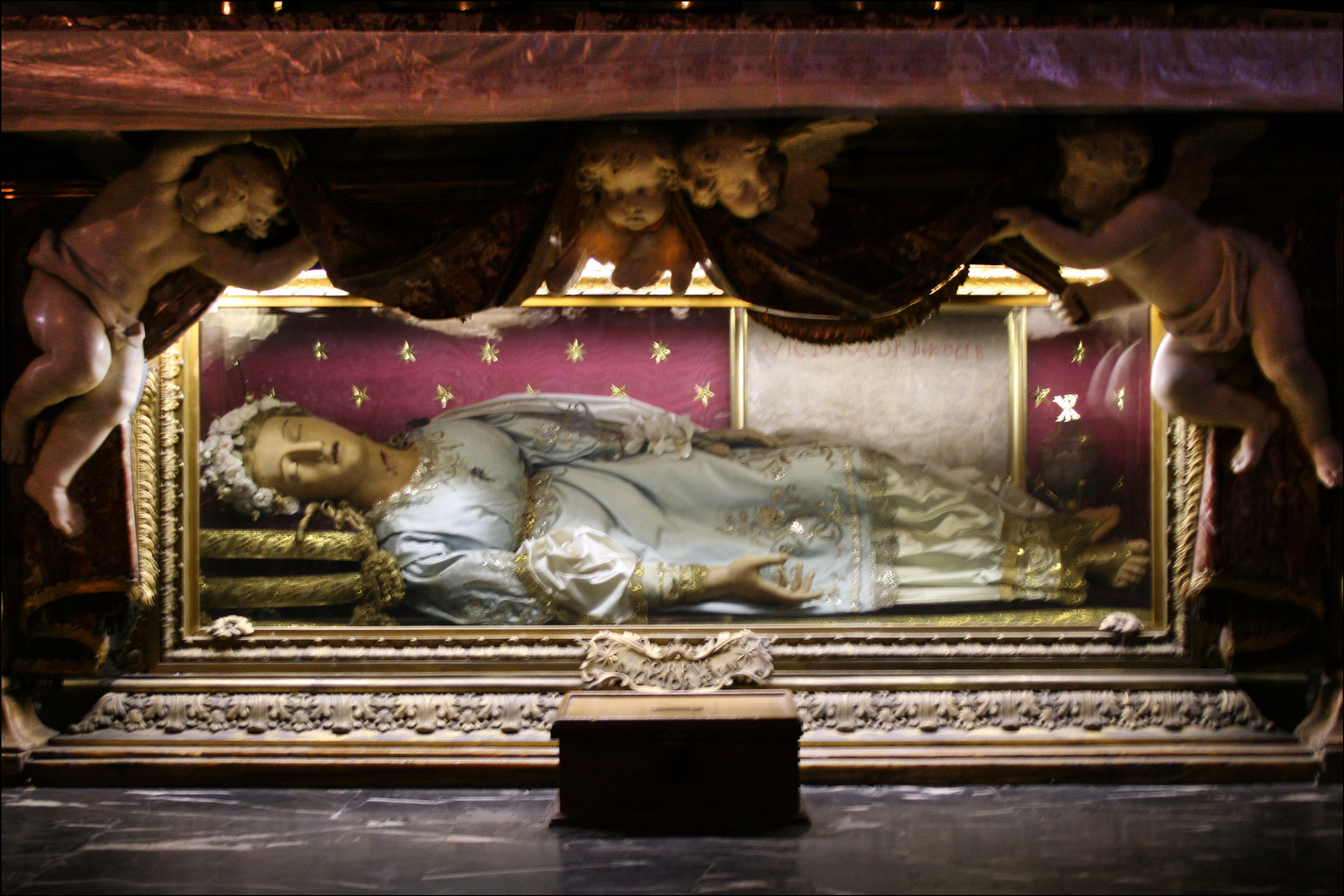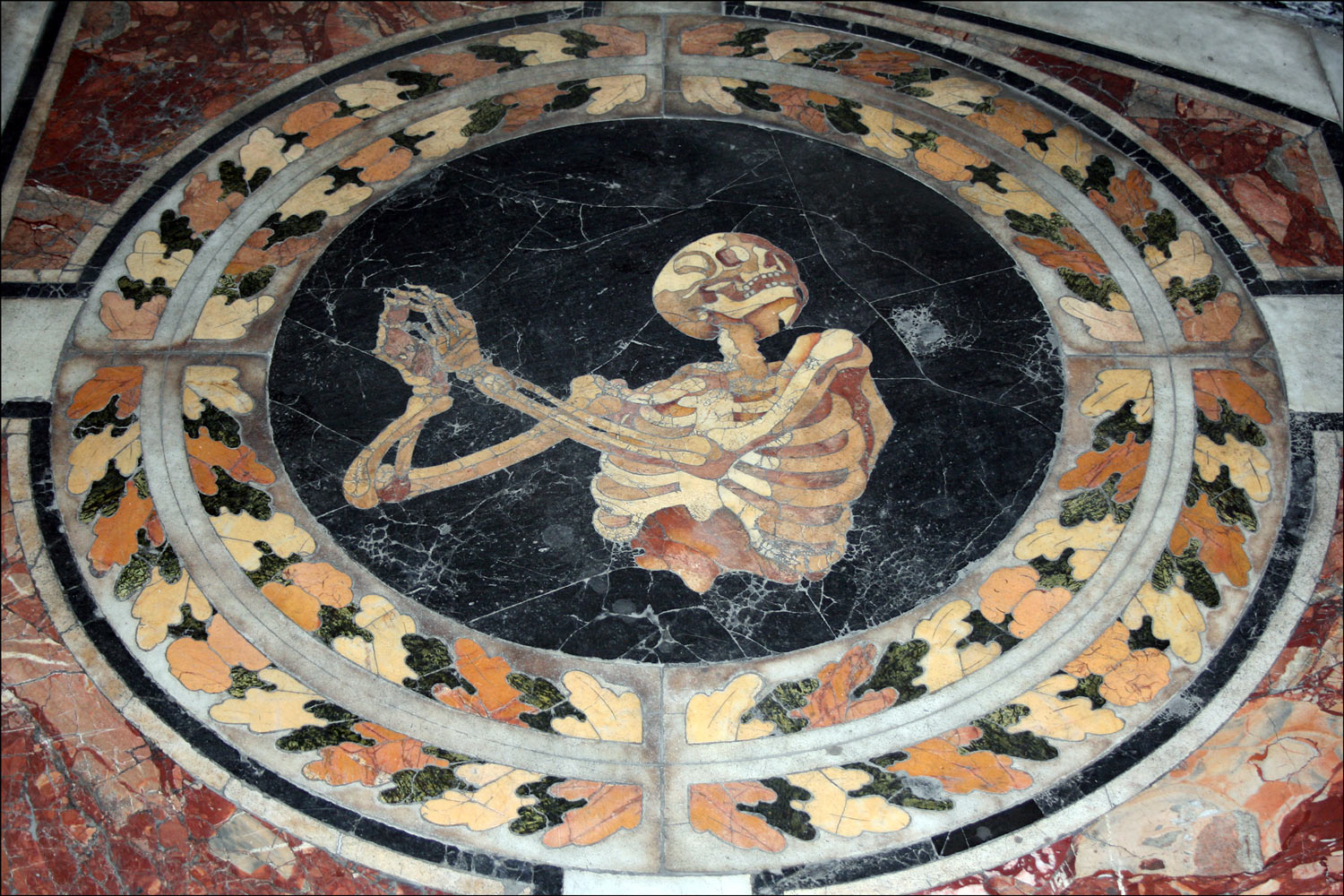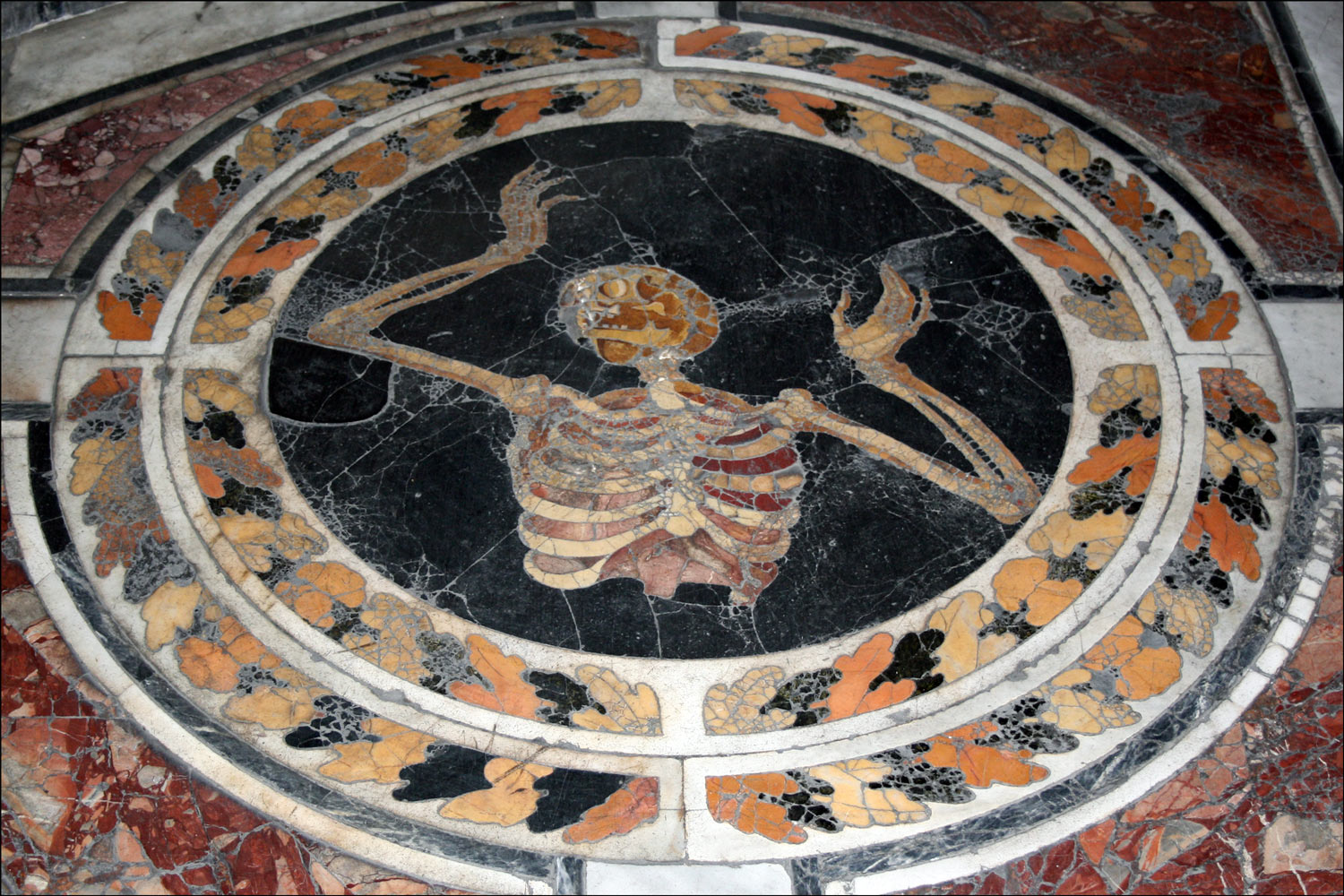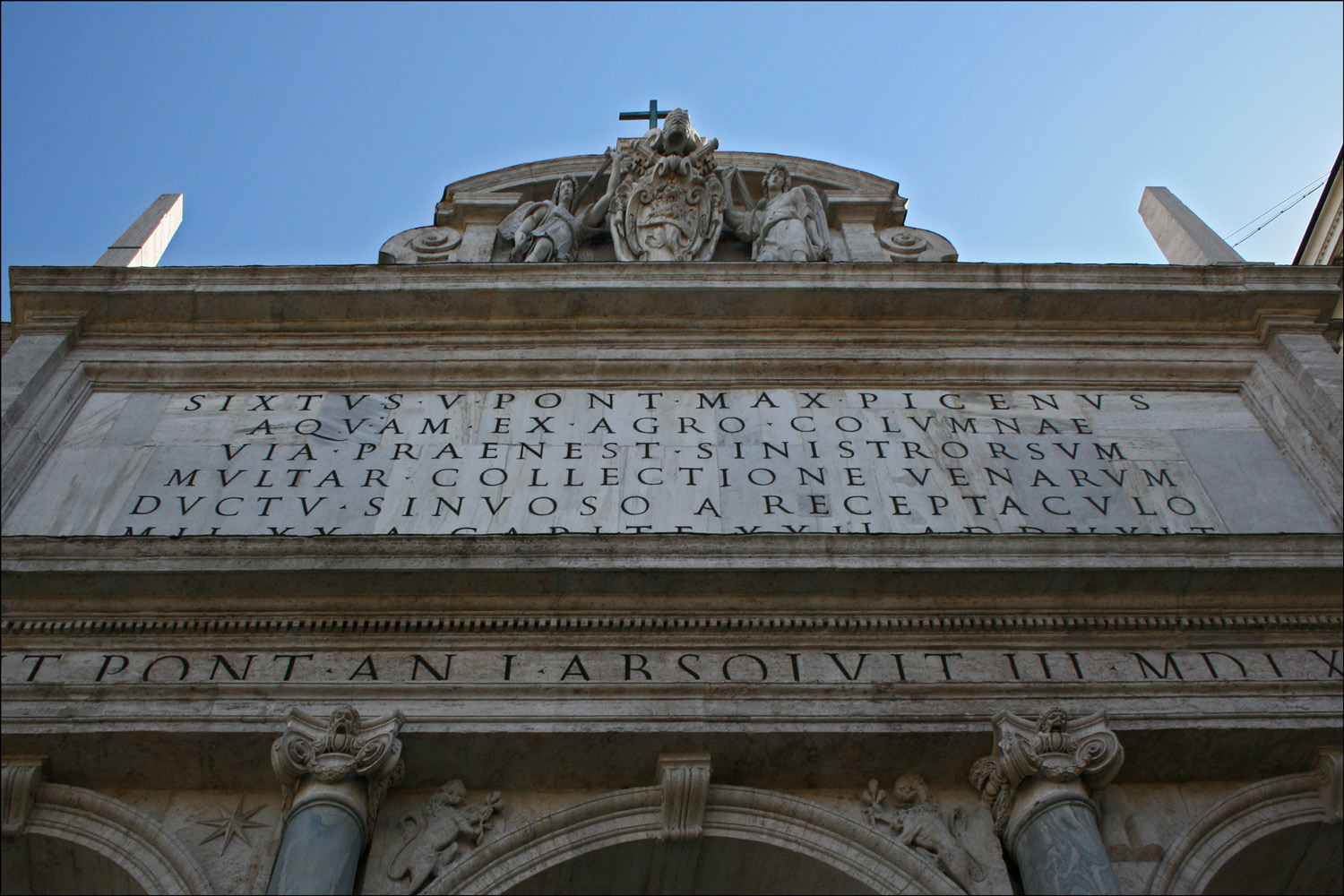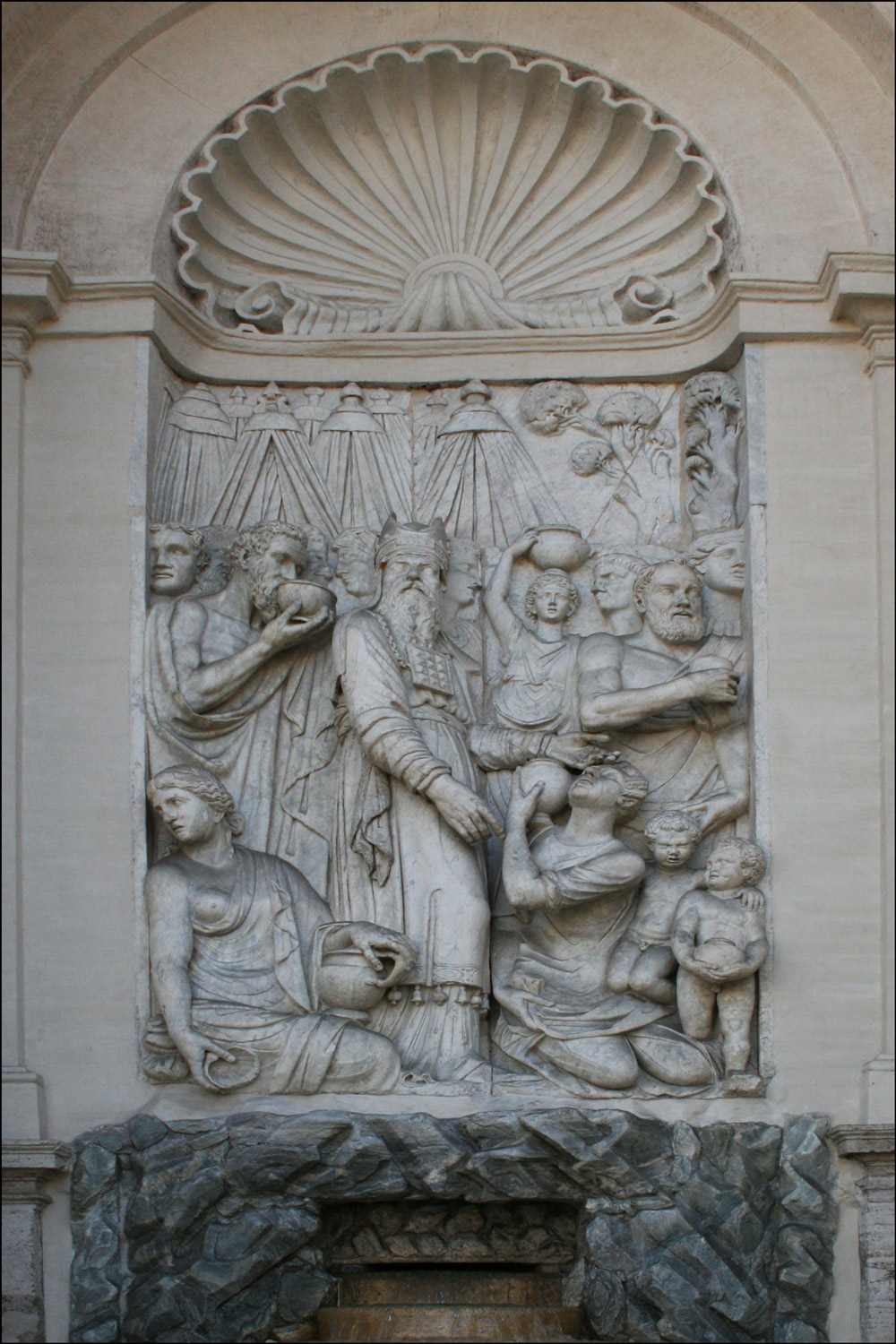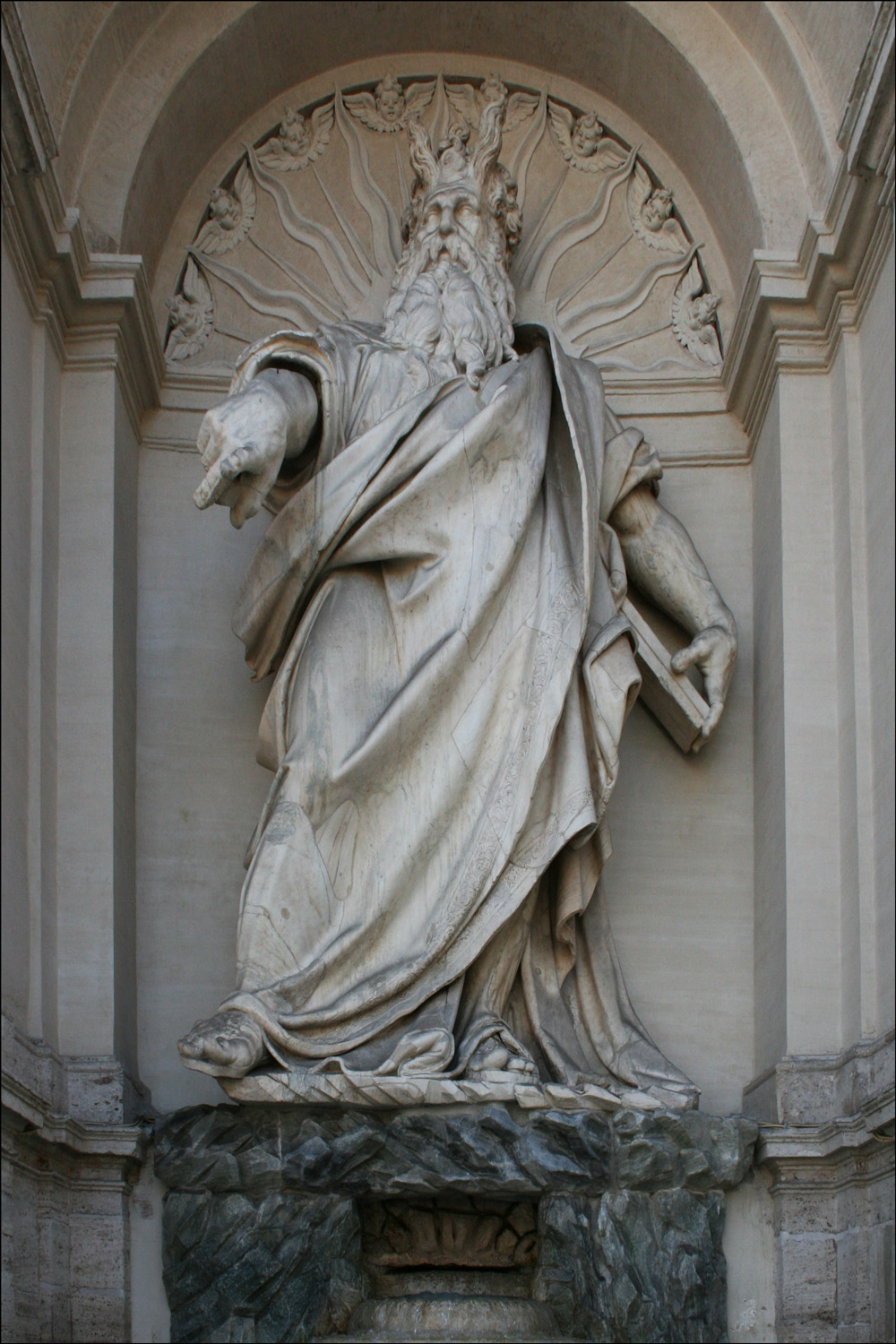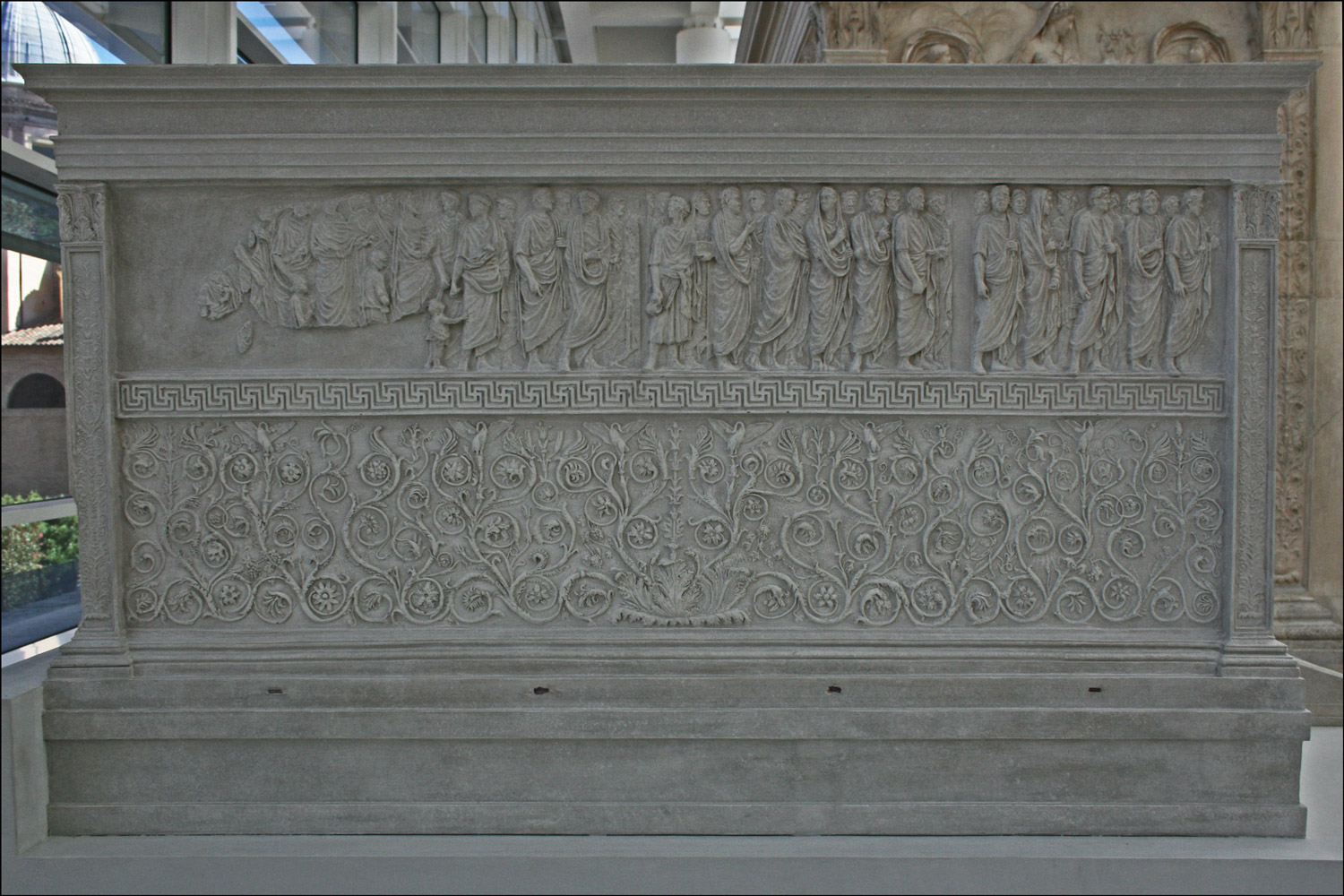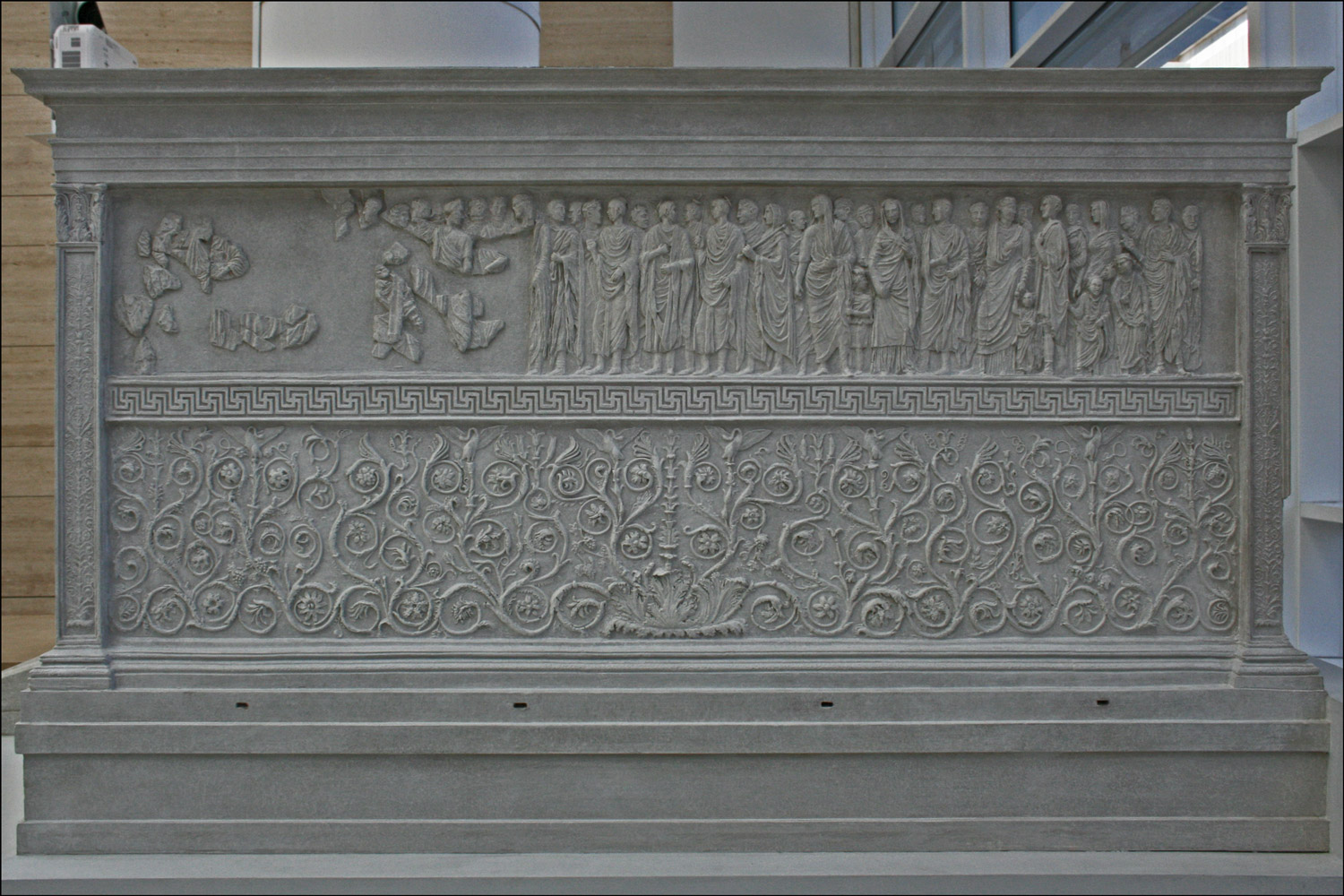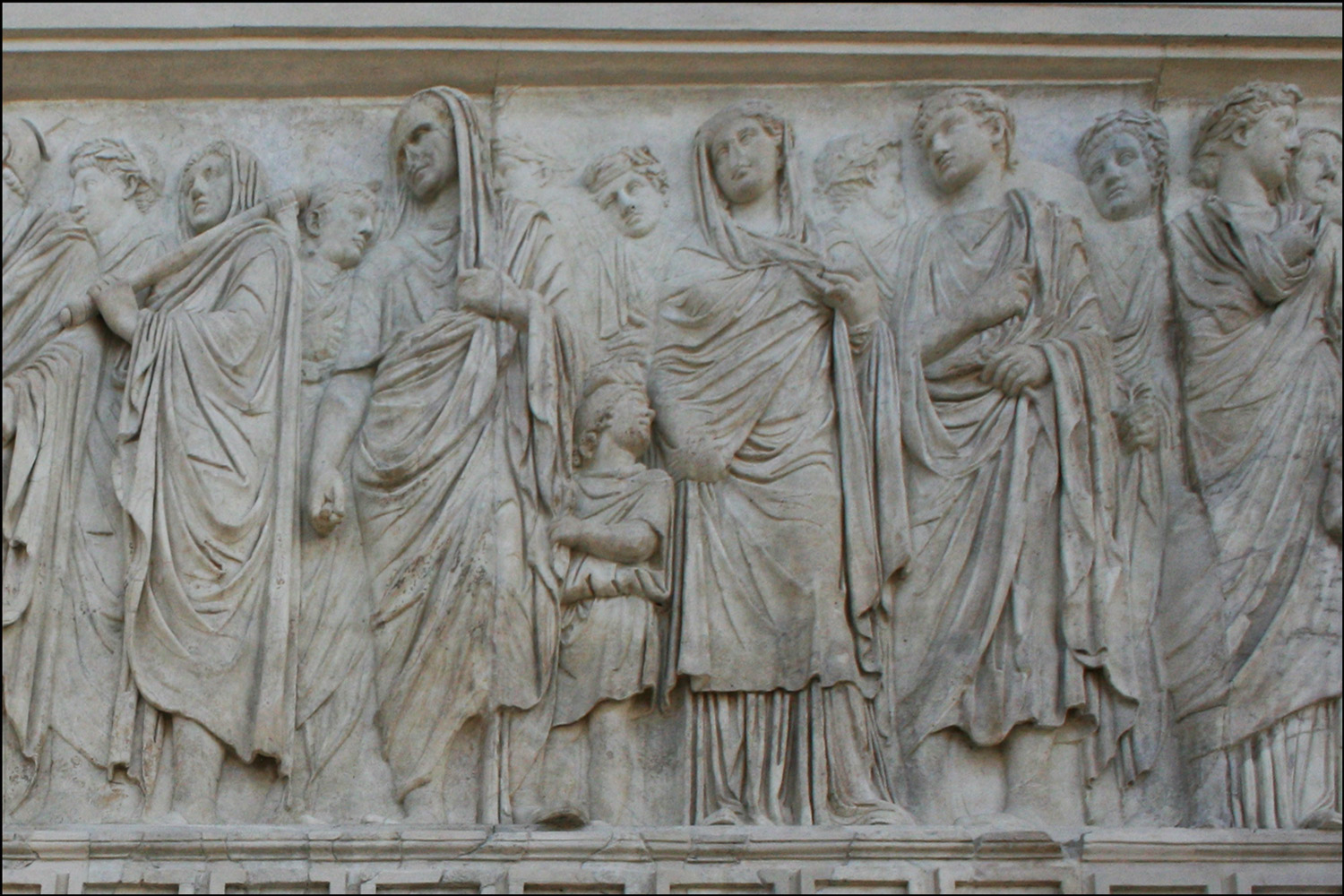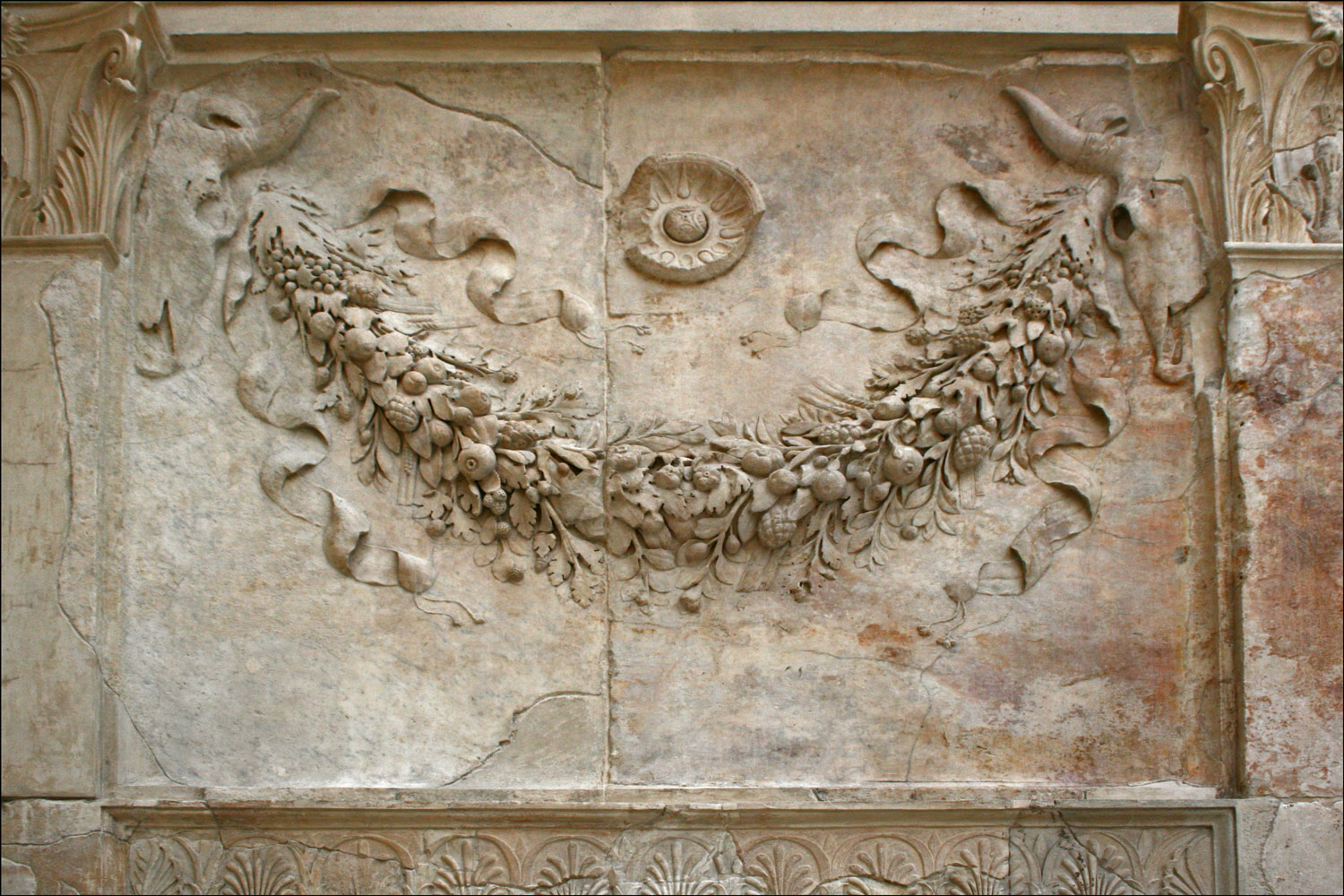Effective today, 01 November 2011, the Social Security Administration (SSA) changed its policy on what records it will use as source material for adding new entries in the Public Death Master File (DMF) which, in turn, is used to create the Social Security Death Index (SSDI).
The Agency decided that it can no longer use state death records to add new entries to the DMF. Furthermore, the SSA will remove approximately 4.2 million records currently on the SSDI because those entries were made based on information from state death records. I have reproduced a fact sheet about the change later in this post.
The SSA made this decision based on the Social Security Laws, specifically those laws described in Sec. 205 [42 U.S.C. 405]. Basically, the law says that information on state death certificates may be used to correct information already in the DMF, but may not be used for any other purpose, including adding new entries to the DMF.
The SSA will continue to compile the DMF from a variety of sources including death reports from family members, funeral homes, hospitals, Federal agencies, postal authorities and financial institutions. However, state death certificates which currently generate about 1 million entries in the DMF and SSDI every year will no longer be used.
Use of Death Certificates to Correct Program Information
(r)(1) The Commissioner of Social Security shall undertake to establish a program under which:
(r)(1)(A) States (or political subdivisions thereof) voluntarily contract with the Commissioner of Social Security to furnish the Commissioner of Social Security periodically with information (in a form established by the Commissioner of Social Security in consultation with the States) concerning individuals with respect to whom death certificates (or equivalent documents maintained by the States or subdivisions) have been officially filed with them; and
(r)(1)(B) there will be (i) a comparison of such information on such individuals with information on such individuals in the records being used in the administration of this Act, (ii) validation of the results of such comparisons, and (iii) corrections in such records to accurately reflect the status of such individuals.
(r)(6) Information furnished to the Commissioner of Social Security under this subsection may not be used for any purpose other than the purpose described in this subsection and is exempt from disclosure under section 552 of title 5, United States Code, and from the requirements of section 552a of such title.
Fact Sheet: Change to the Public Death Master File (DMF)
Q: What is the Public Death Master File (DMF)?
A: The Public DMF is a file of all deaths reported to SSA from sources other than States, beginning around 1936. It is not a complete file of all deaths and we cannot guarantee the accuracy of the DMF. The absence of a particular person on this file is not proof that the individual is alive. Further, in rare instances it is possible for the record of a person who is not deceased to be included erroneously in the DMF.
Q: When and why did we create the Public DMF?
A: We created the Public DMF in 1980 as a result of a 1978 Freedom of Information Act (FOIA) lawsuit filed in the Federal District Court by Ronald Perholtz. We make the Public DMF available through an agreement with the National Technical Information Service (NTIS), which is a part of the Department of Commerce.
Q: Where does SSA get its death records?
A: We receive death reports from family members, funeral homes, hospitals, States, Federal agencies, postal authorities and financial institutions.
Q: What change is SSA making to the Public DMF?
A: We began disclosing certain state records on the Public DMF in 2002. After review of the Public DMF, we have determined that we can no longer disclose protected State records. Section 205(r) of the Social Security Act prohibits SSA from disclosing State death records we receive through our contracts with the States, except in limited circumstances. Therefore, we cannot legally share those State records on the Public DMF. (Section 205r link – http://www.ssa.gov/OP_Home/ssact/title02/0205.htm)
Q: When will this change be effective?
A: November 1, 2011.
Q: How will this change affect the size of the Public DMF?
A: In 2010, we shared approximately 2.8 million death records, including updates or changes, on the Public DMF. We expect that yearly number to decrease by approximately 1 million. In addition, our historical Public DMF contains 89 million records. We expect that number to decrease by approximately 4.2 million records.
Q: How will customers of the Public DMF be notified of the change?
A: NTIS will send a letter to their customers notifying them in advance of the change.
Q: How will the change affect Federal agencies?
A: The law allows SSA to share all death records, including State records, with agencies that pay federally funded benefits. This change will not affect the Internal Revenue Service, the Centers for Medicare and Medicaid Services and some other Federal agencies. NTIS will notify the 18 Federal agencies that currently purchase the Public DMF about the change. Those agencies, and others, may contact us to determine whether they may qualify under the law to get all SSA’s death records.
Q: Are there other ways for the public to get death data?
A: Yes, State vital statistics offices are the first point of collection for death data.
Copyright © 2011 by Stephen J. Danko

